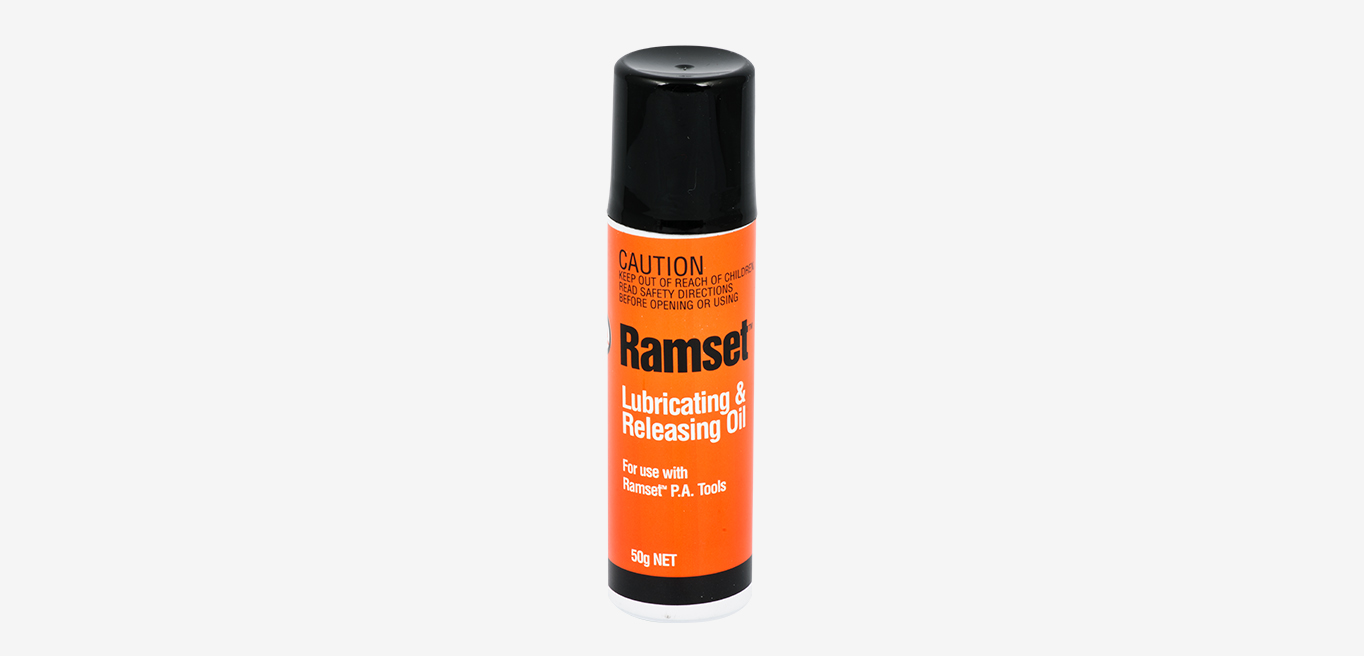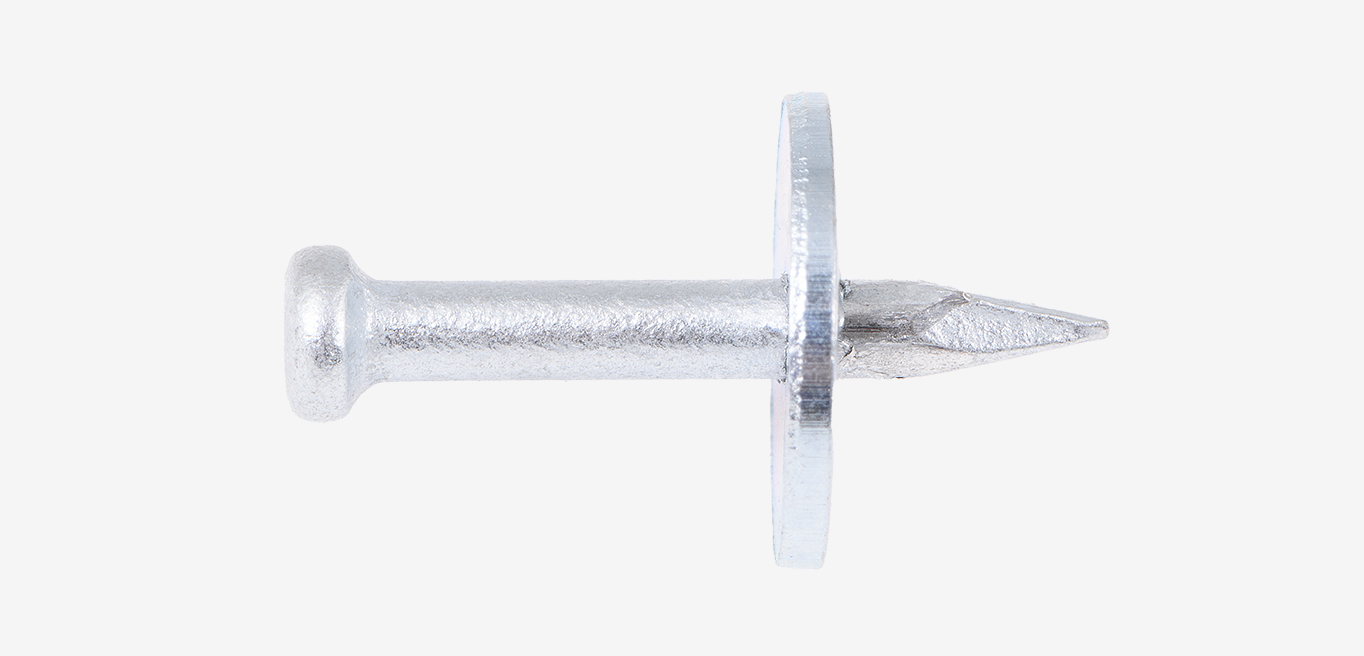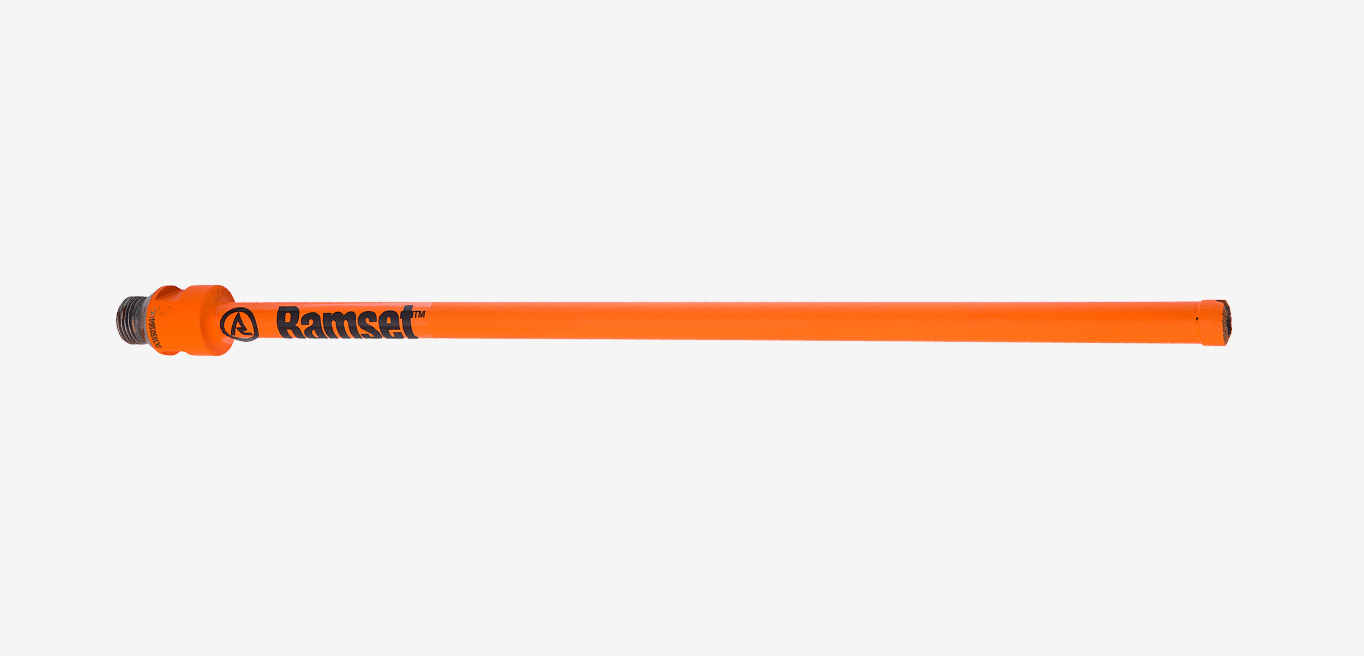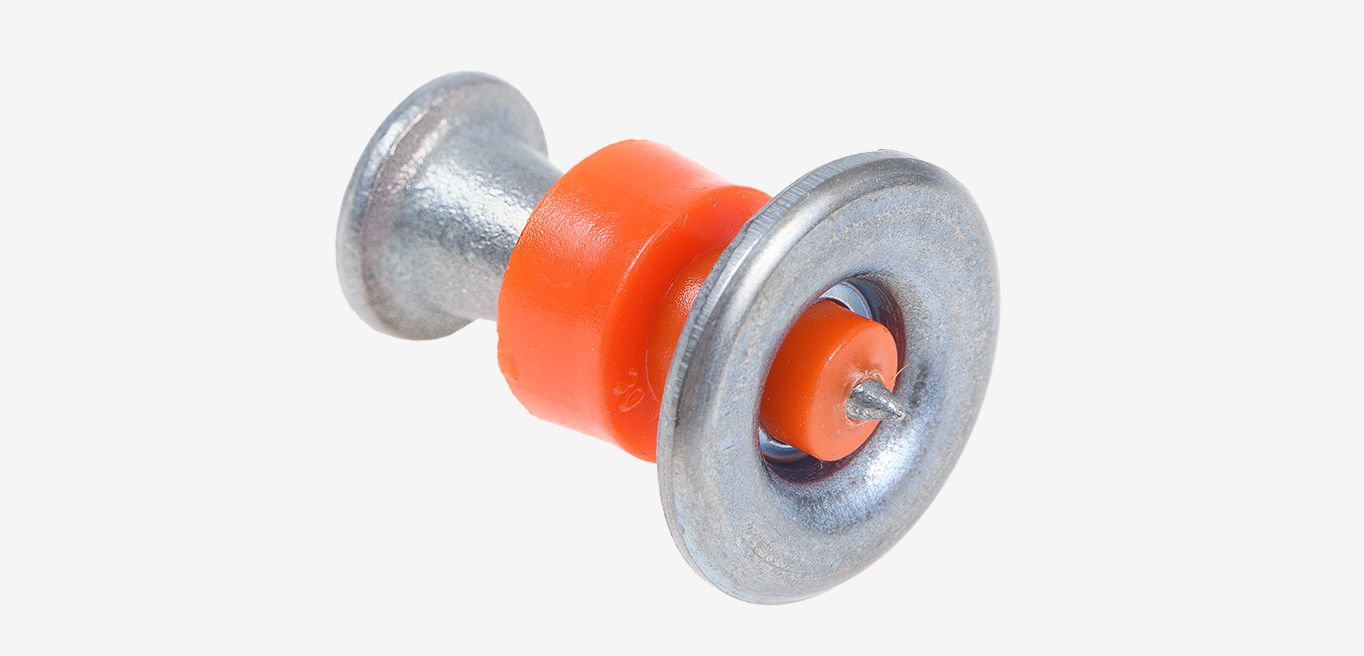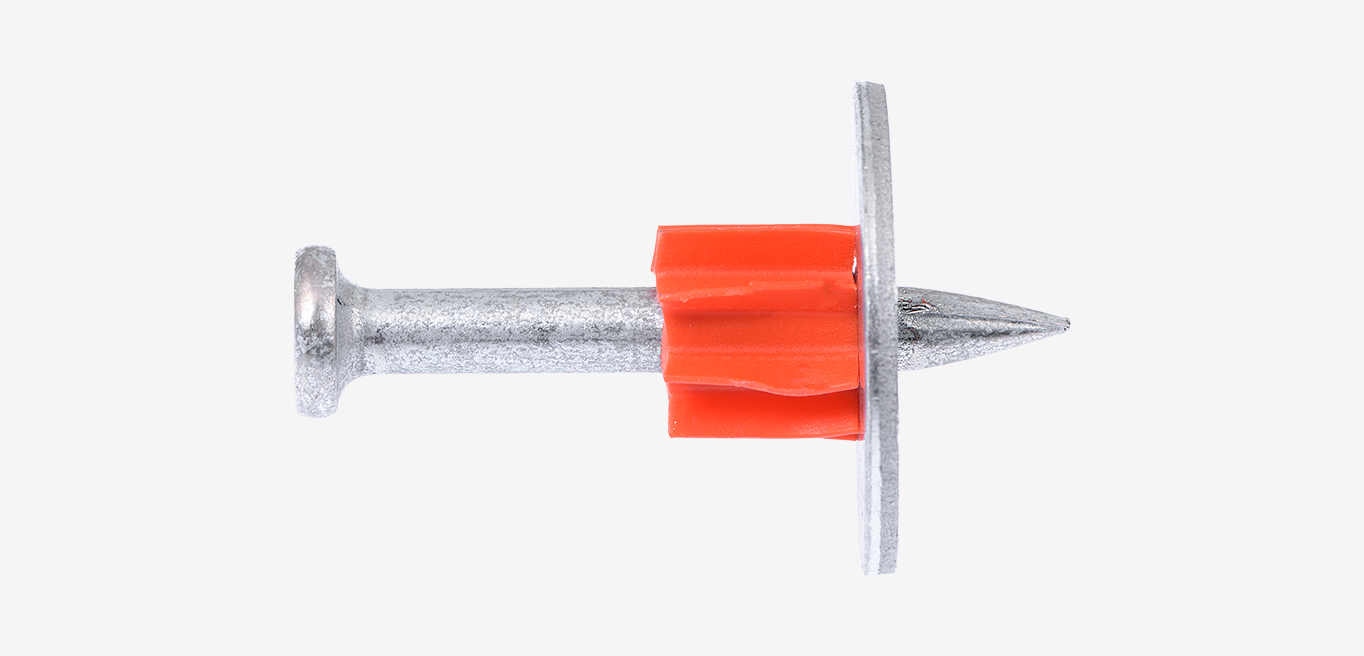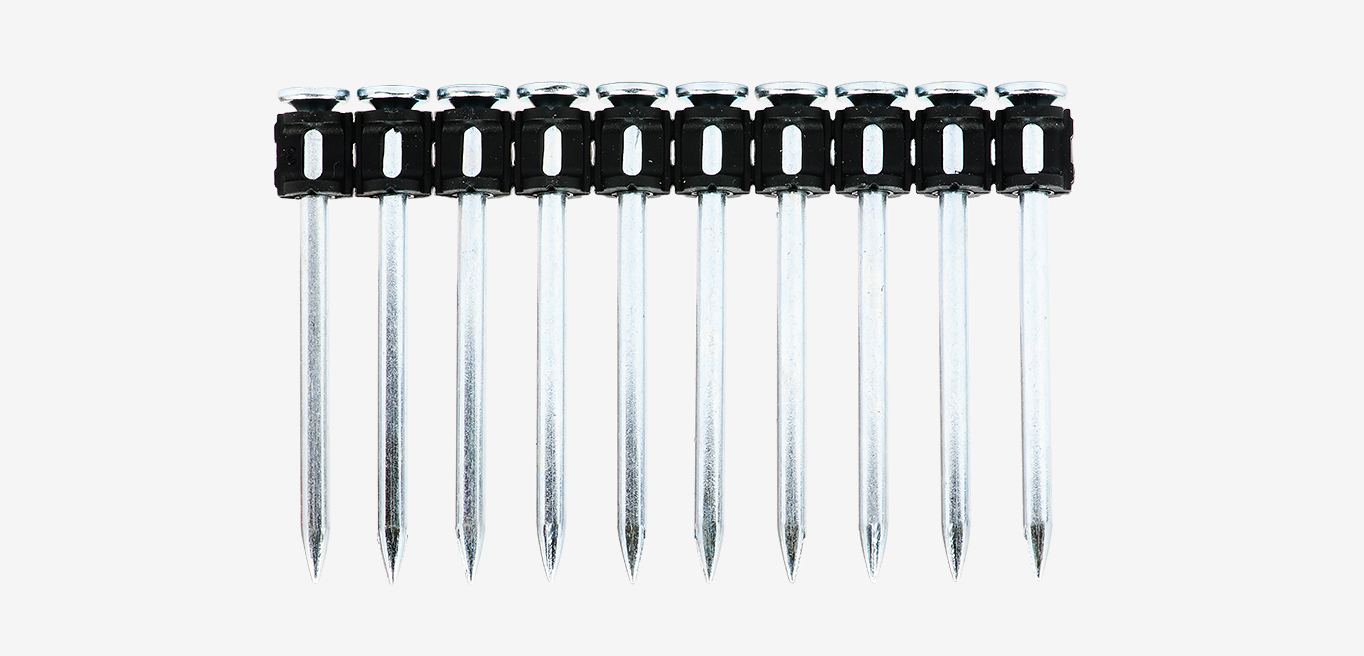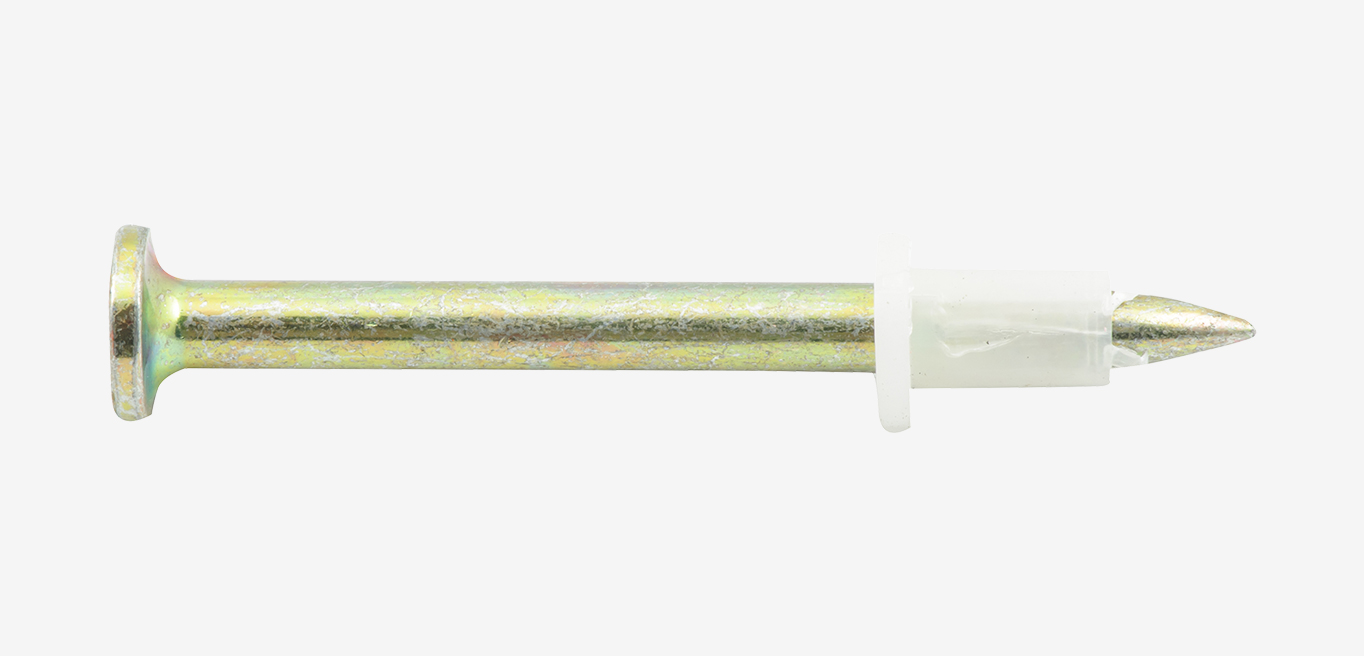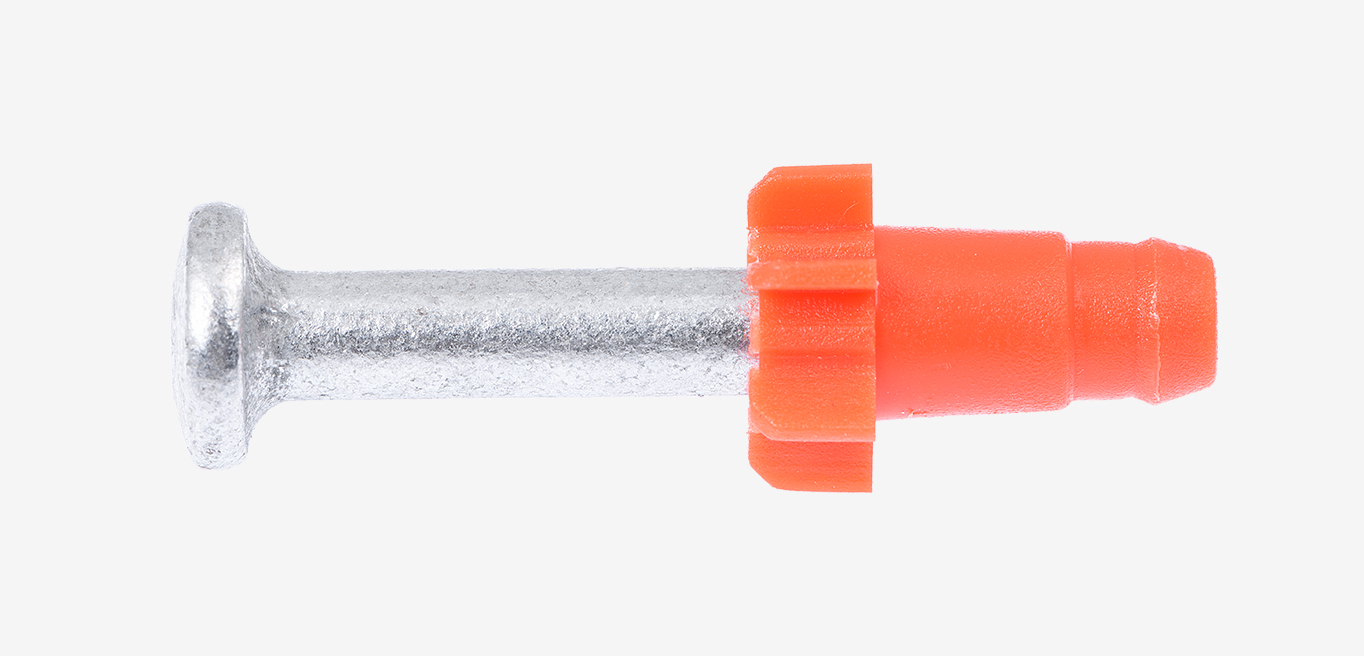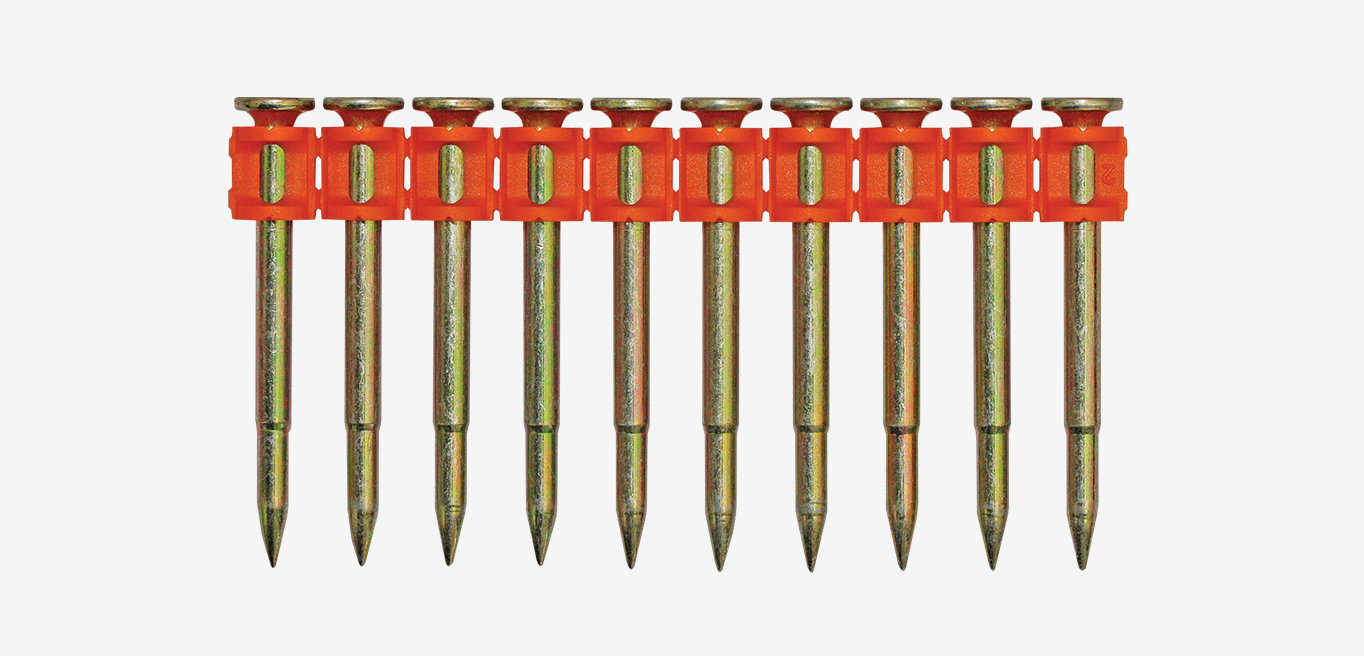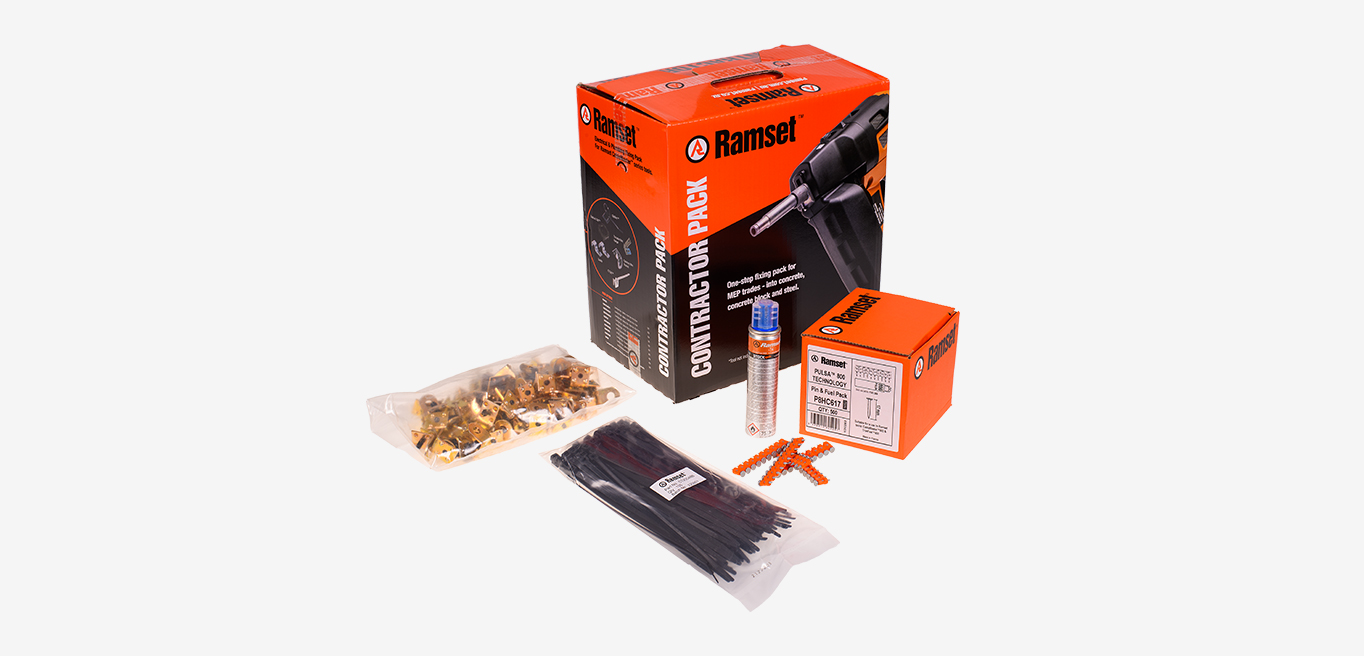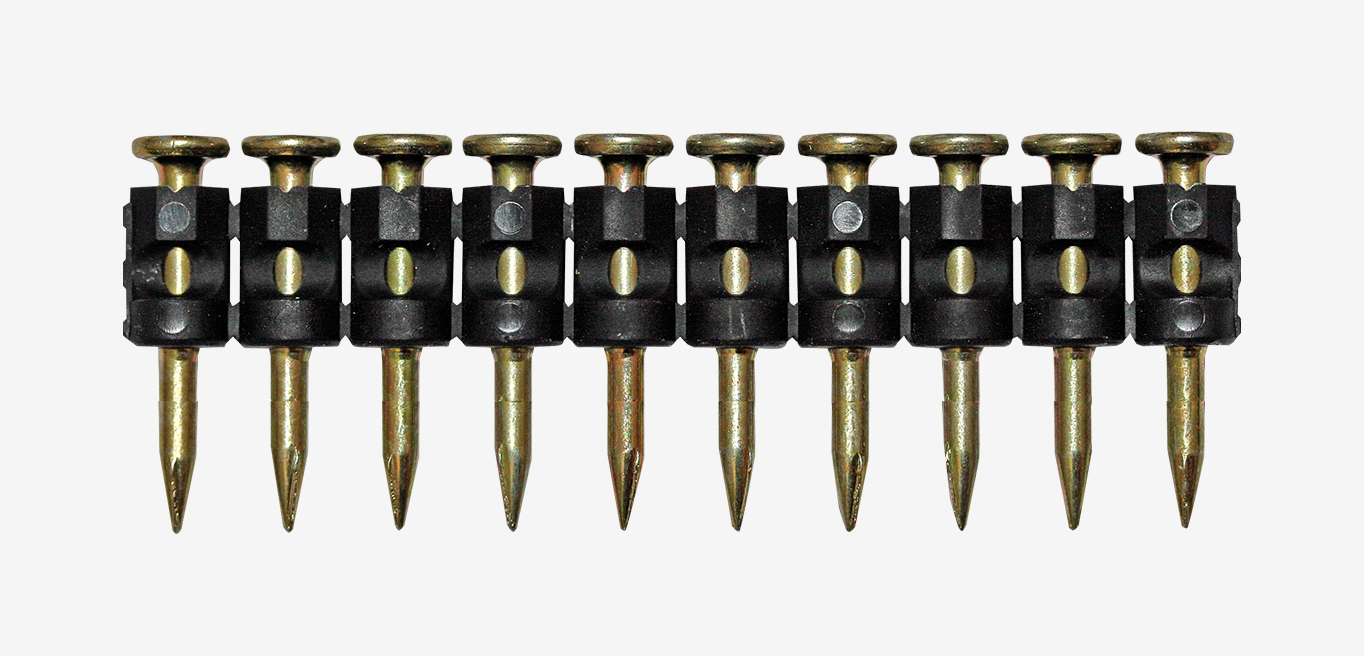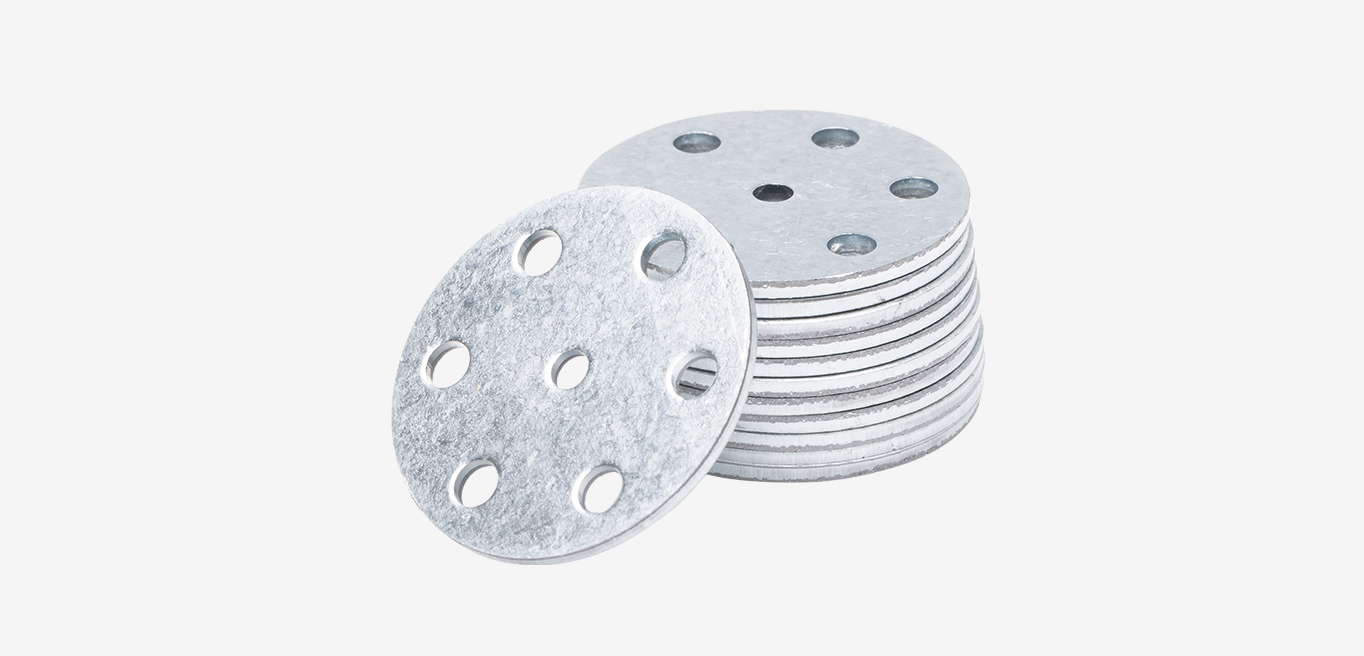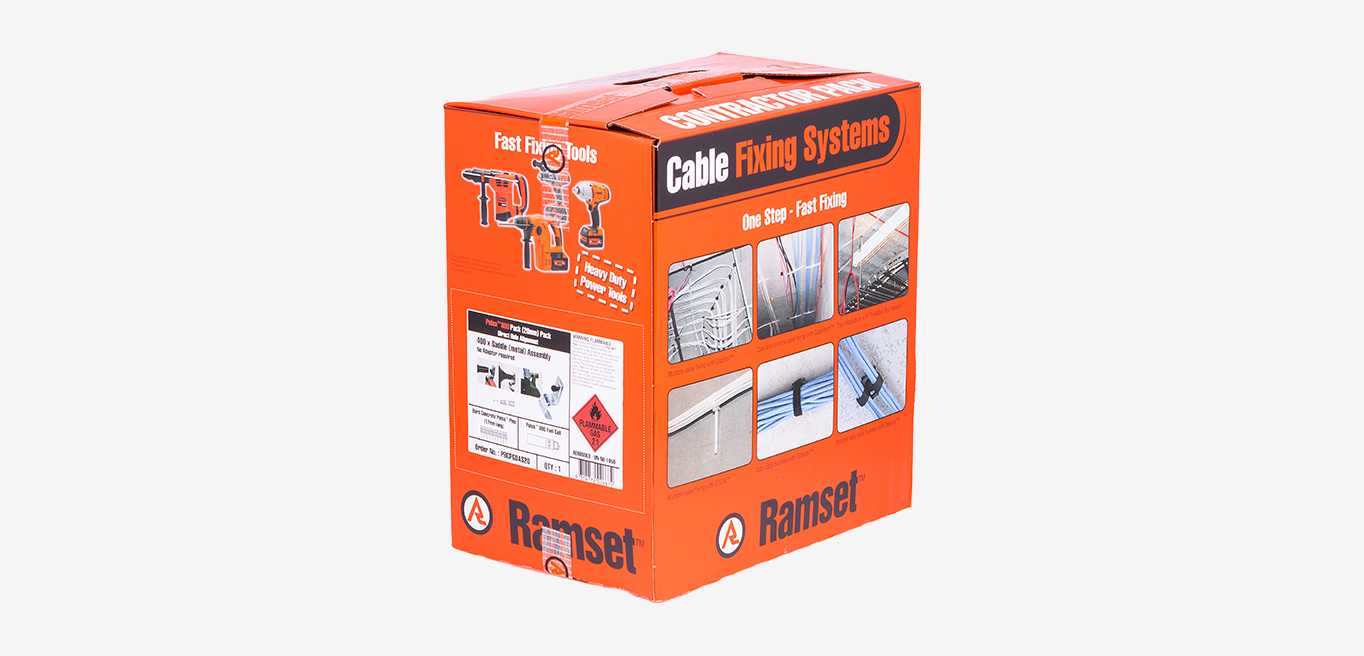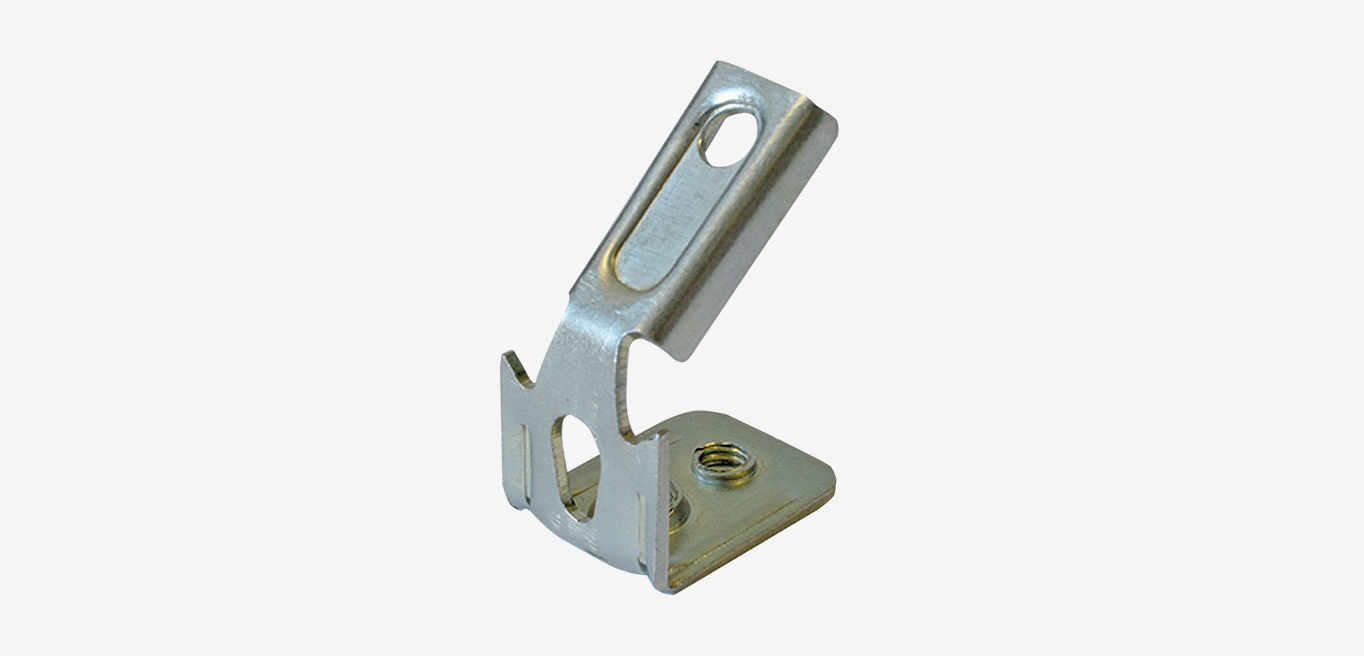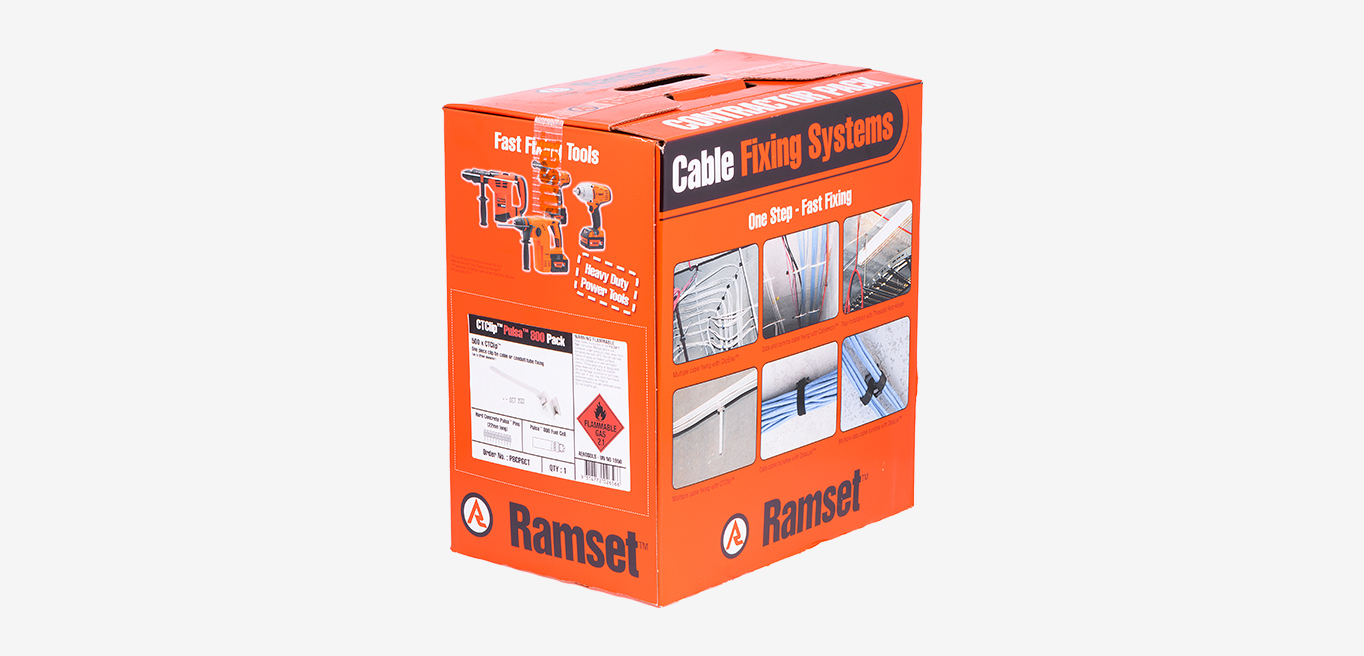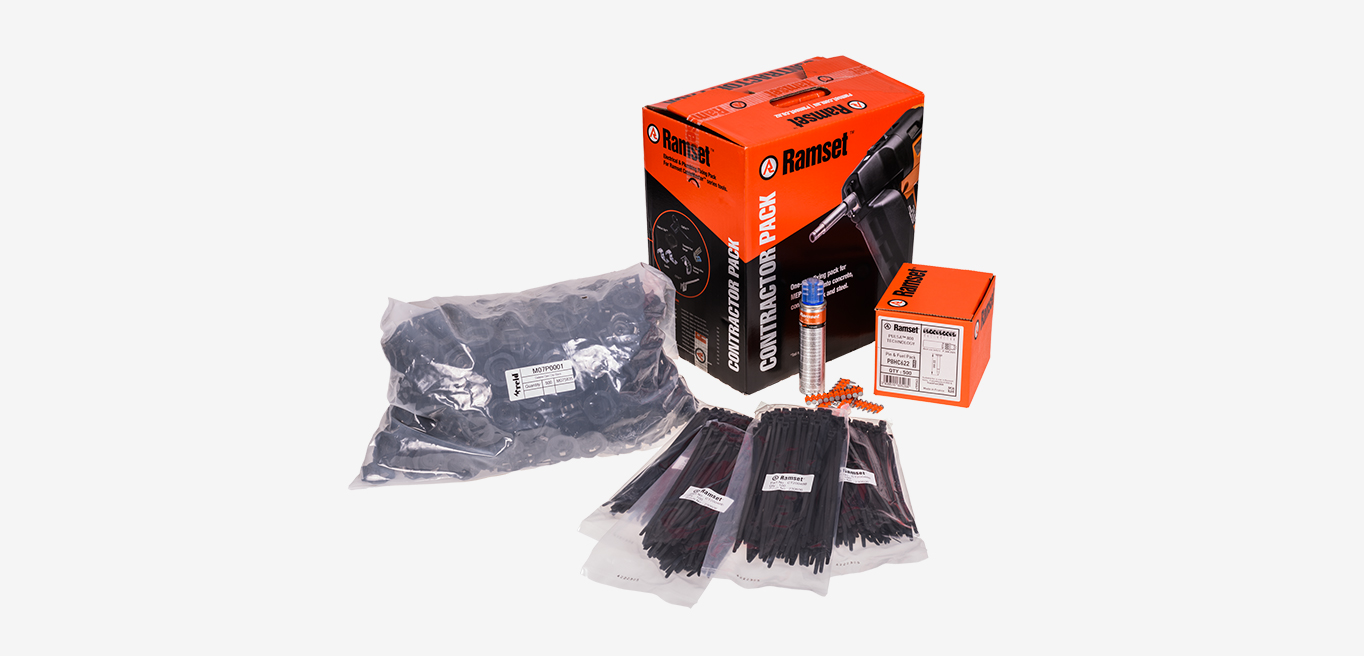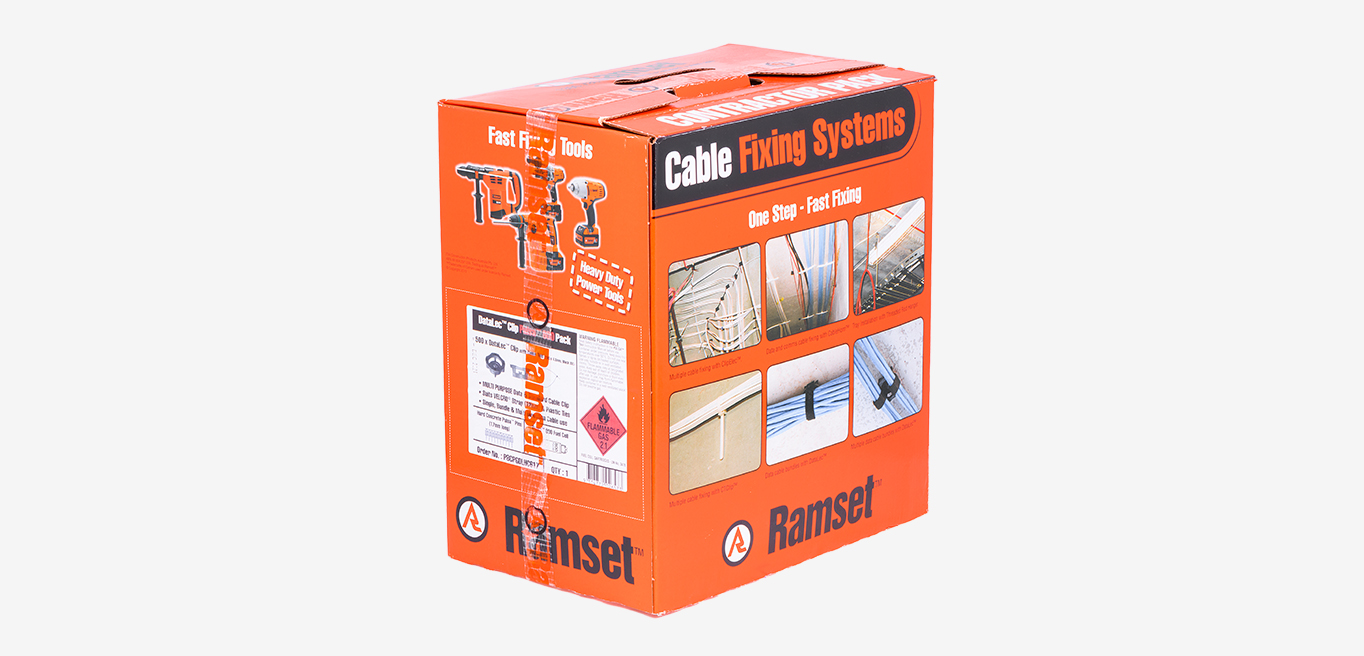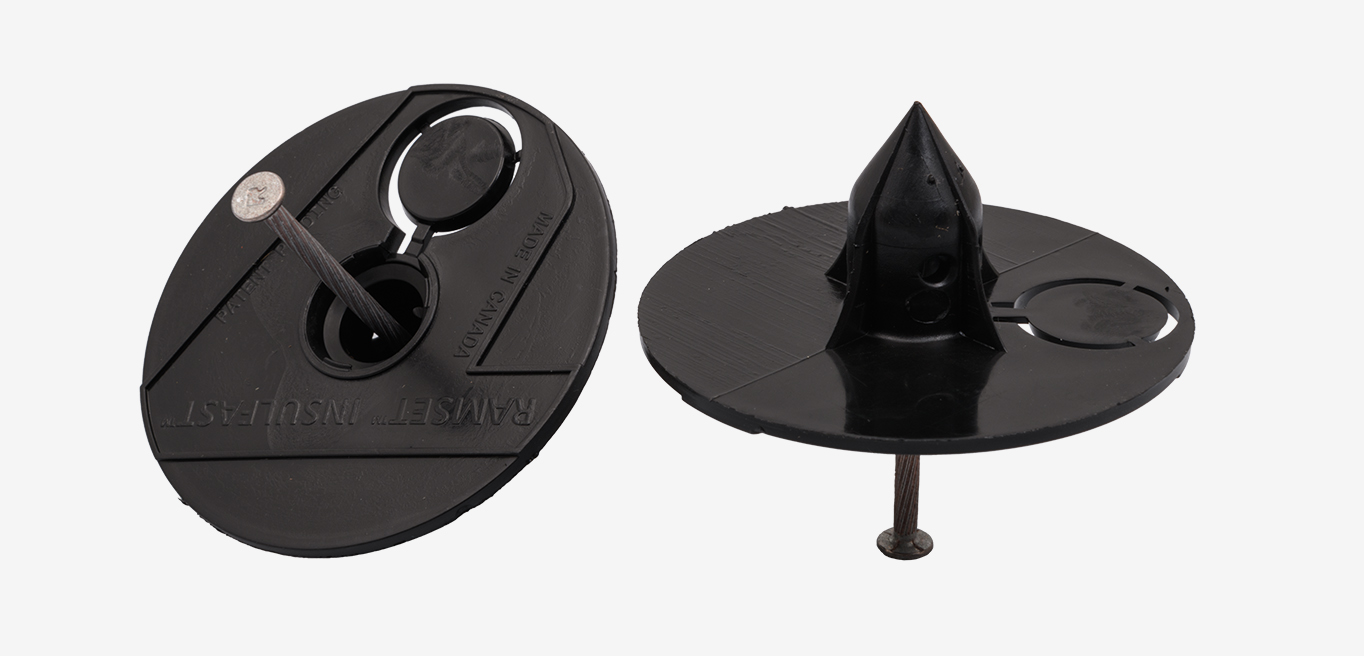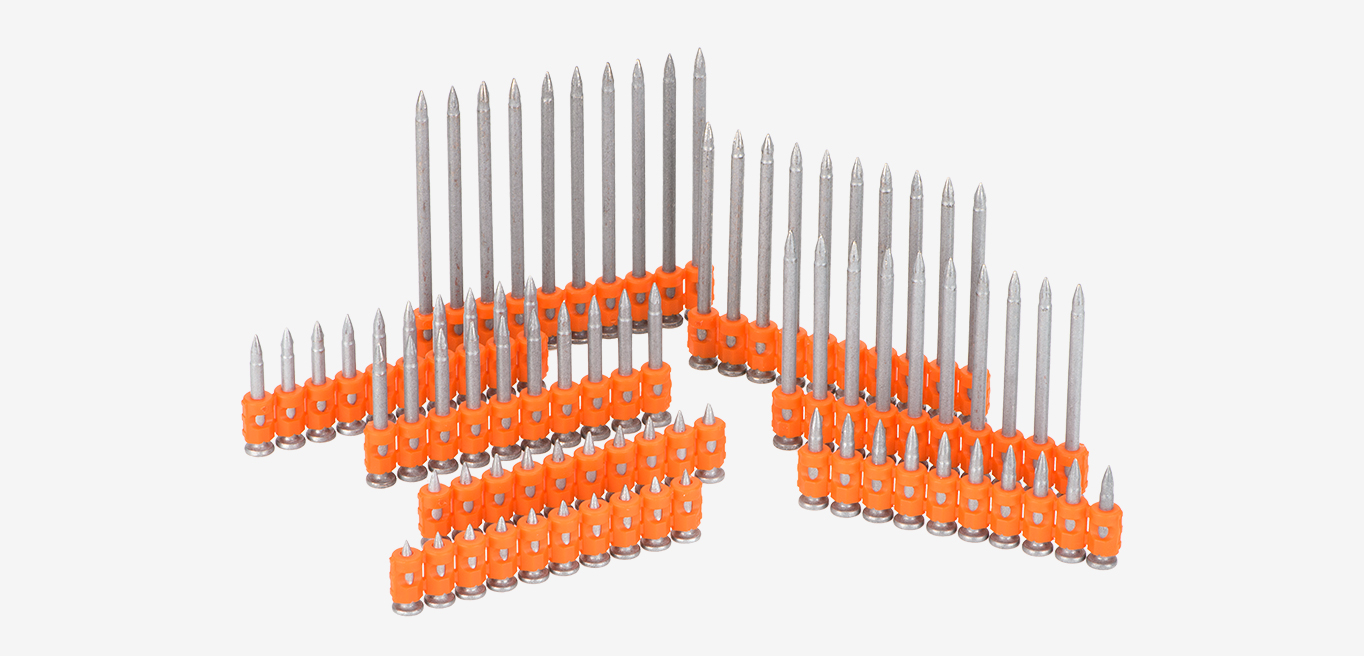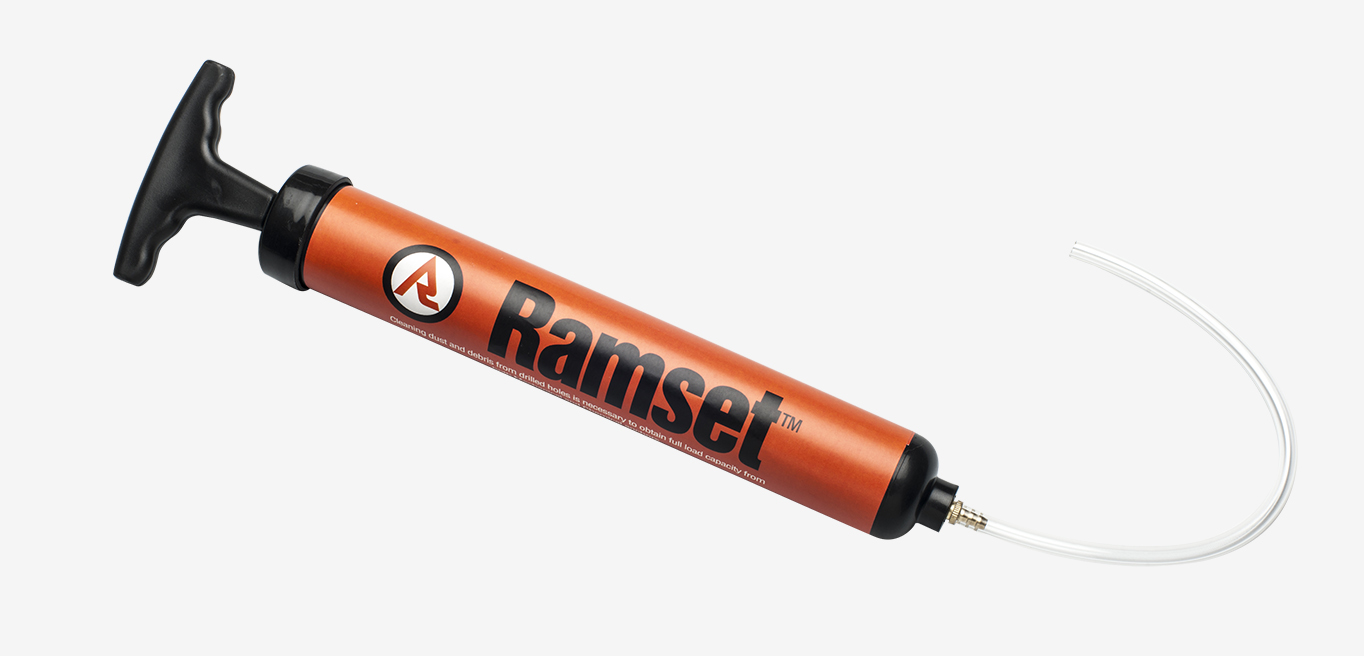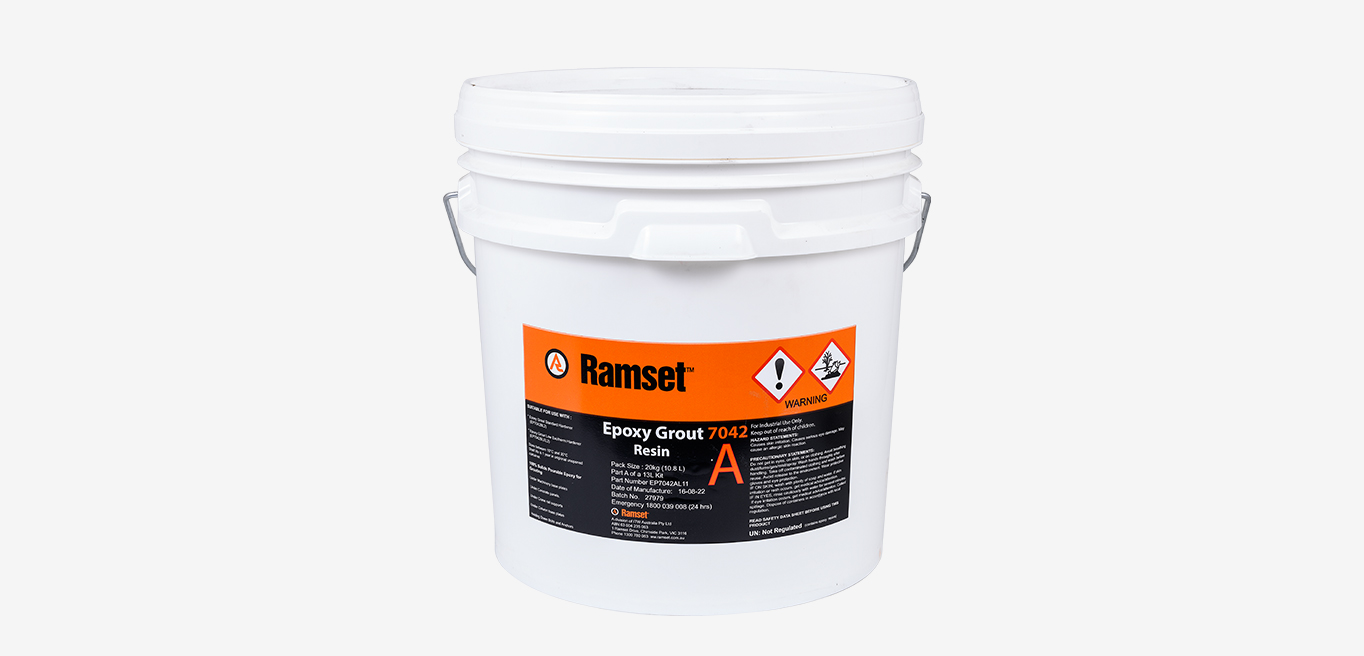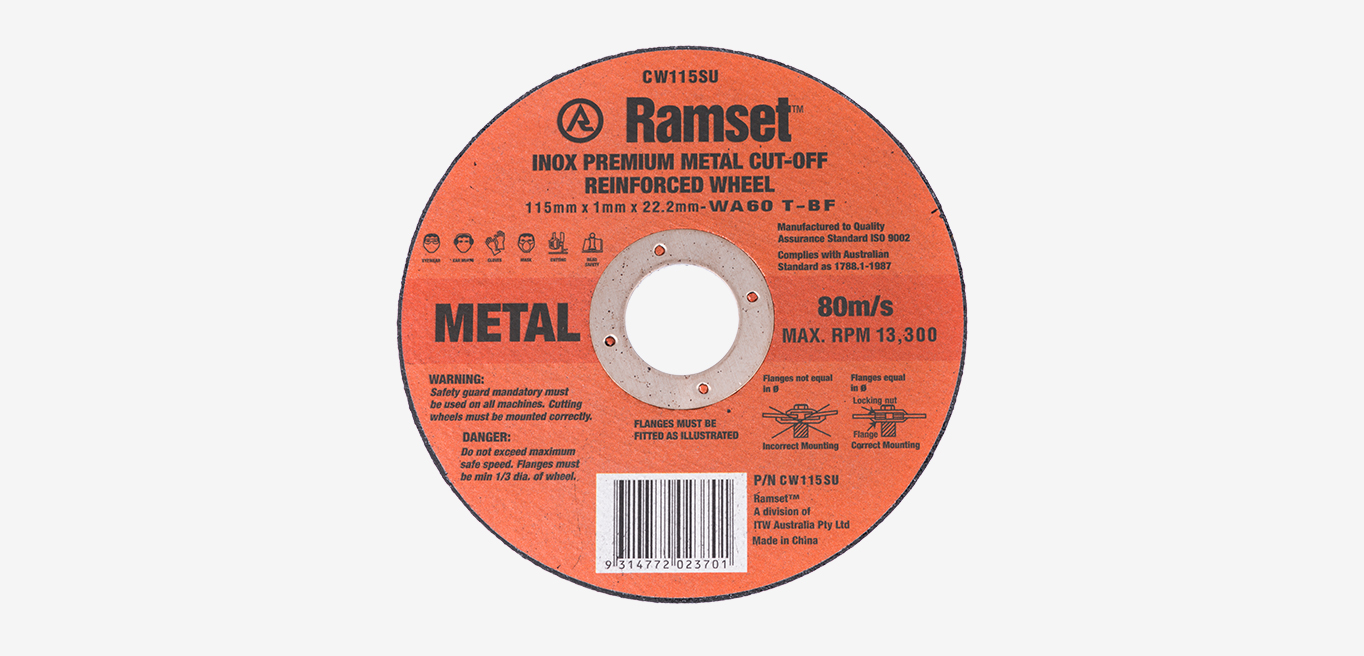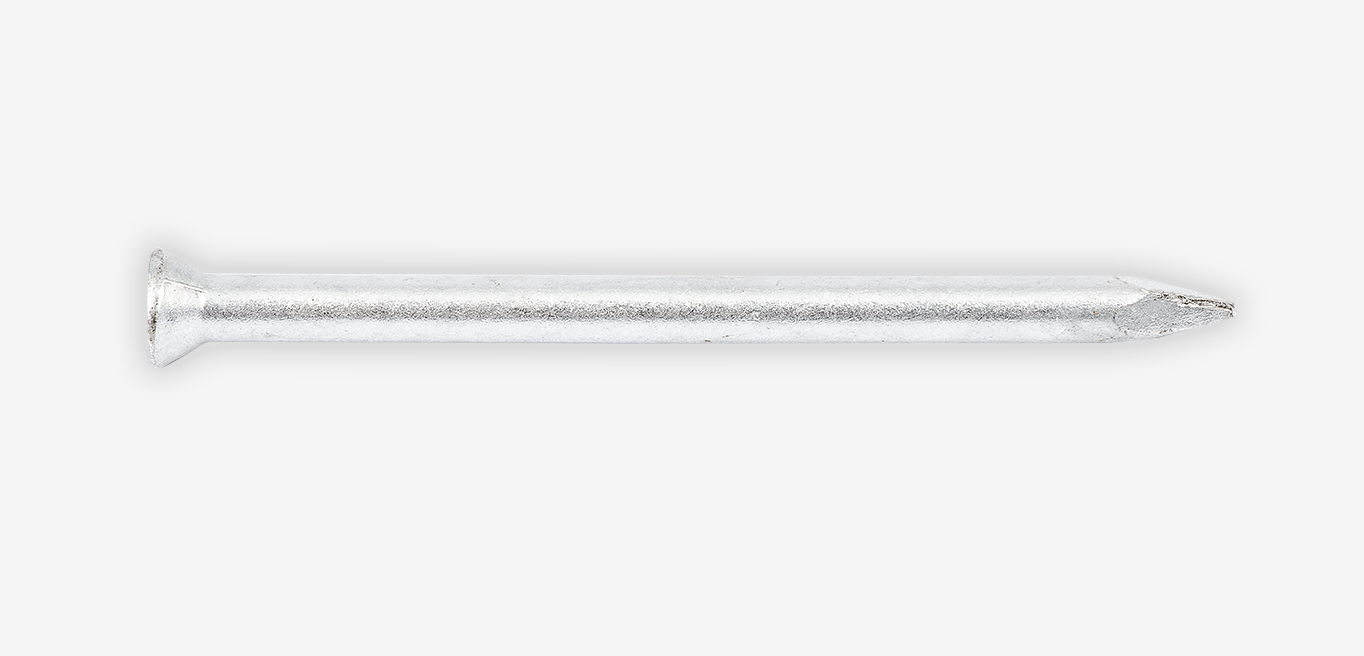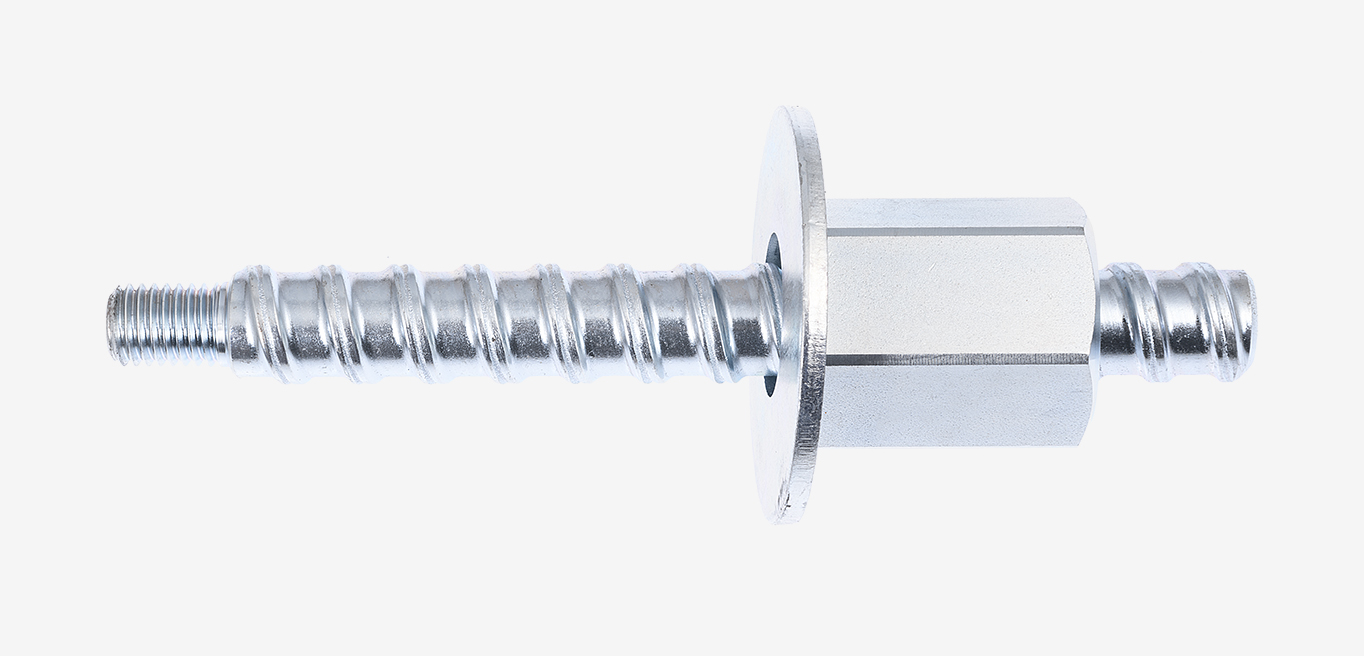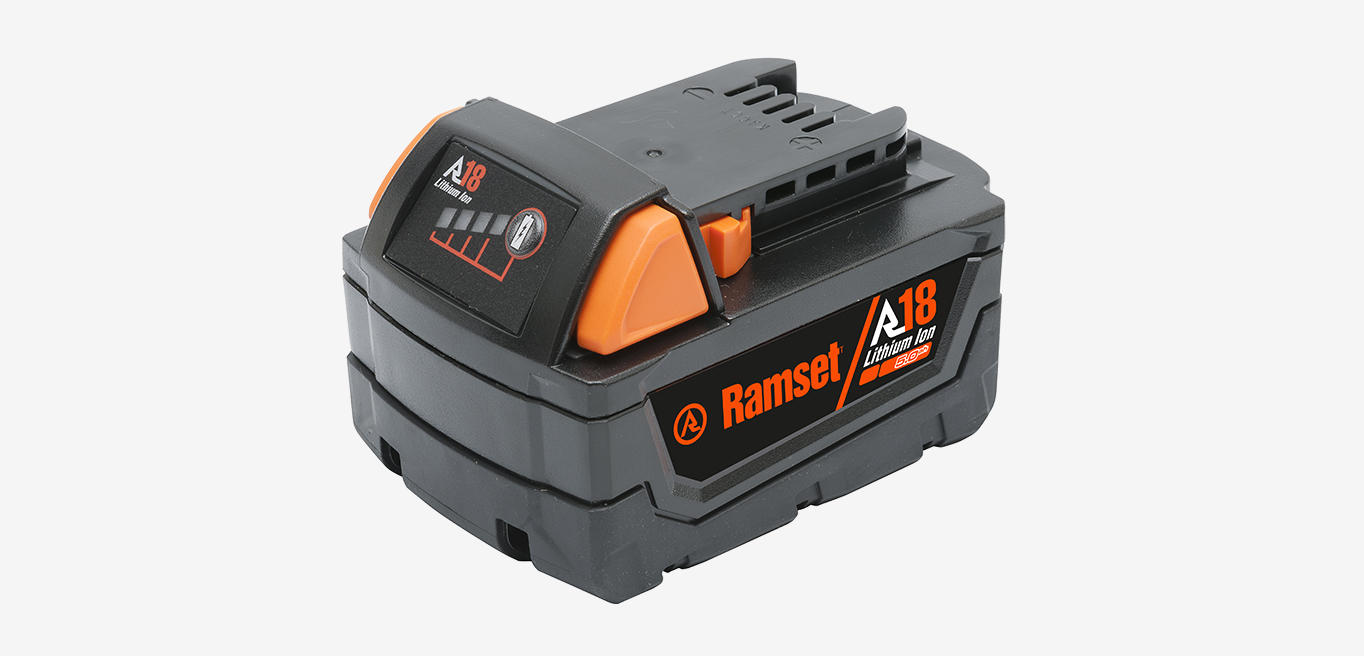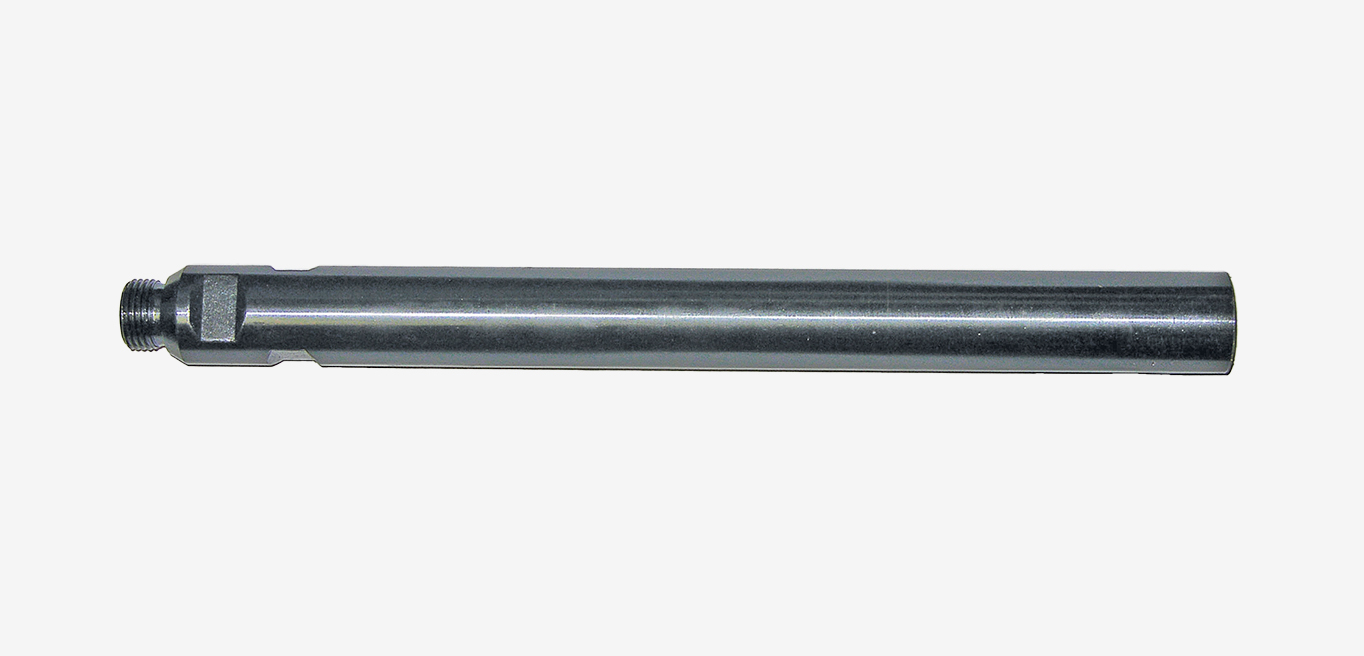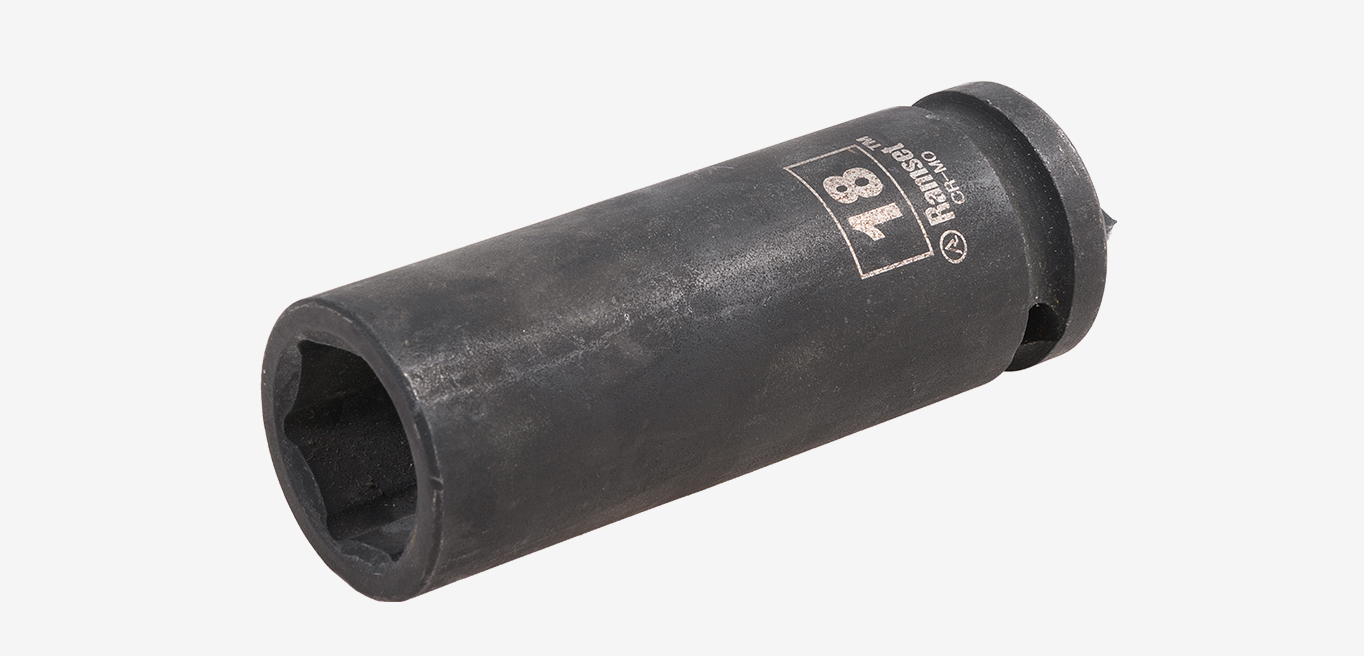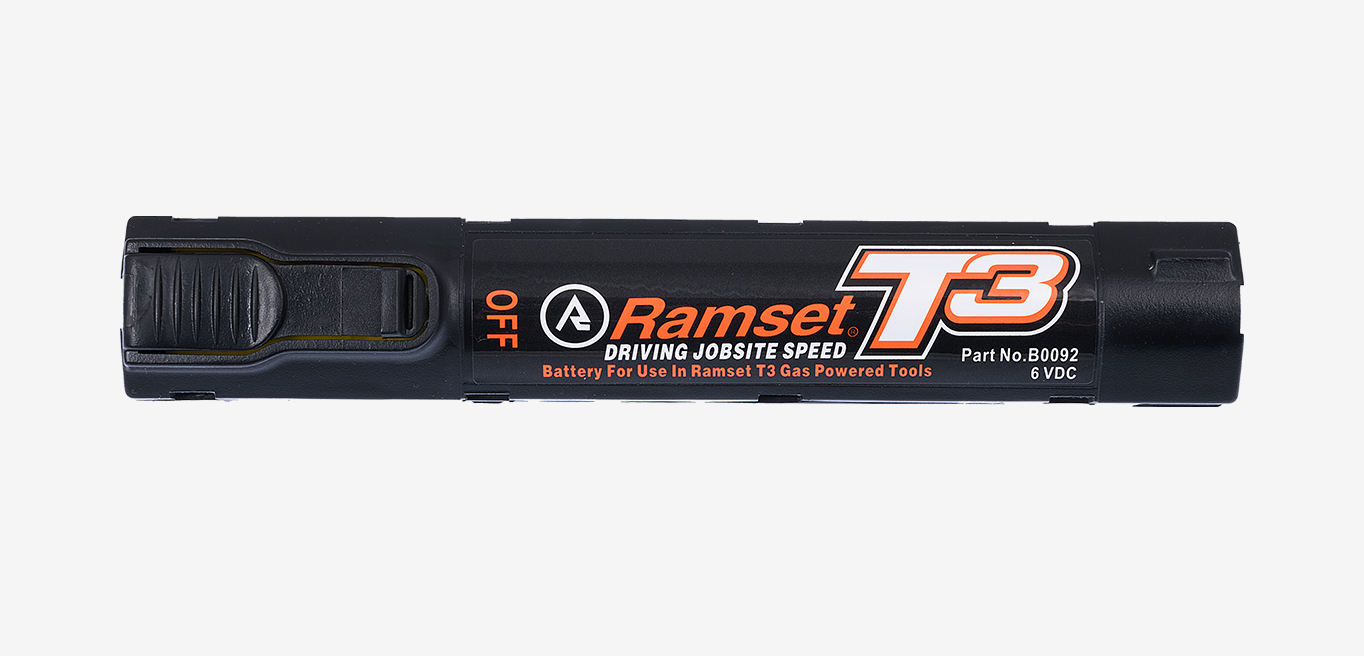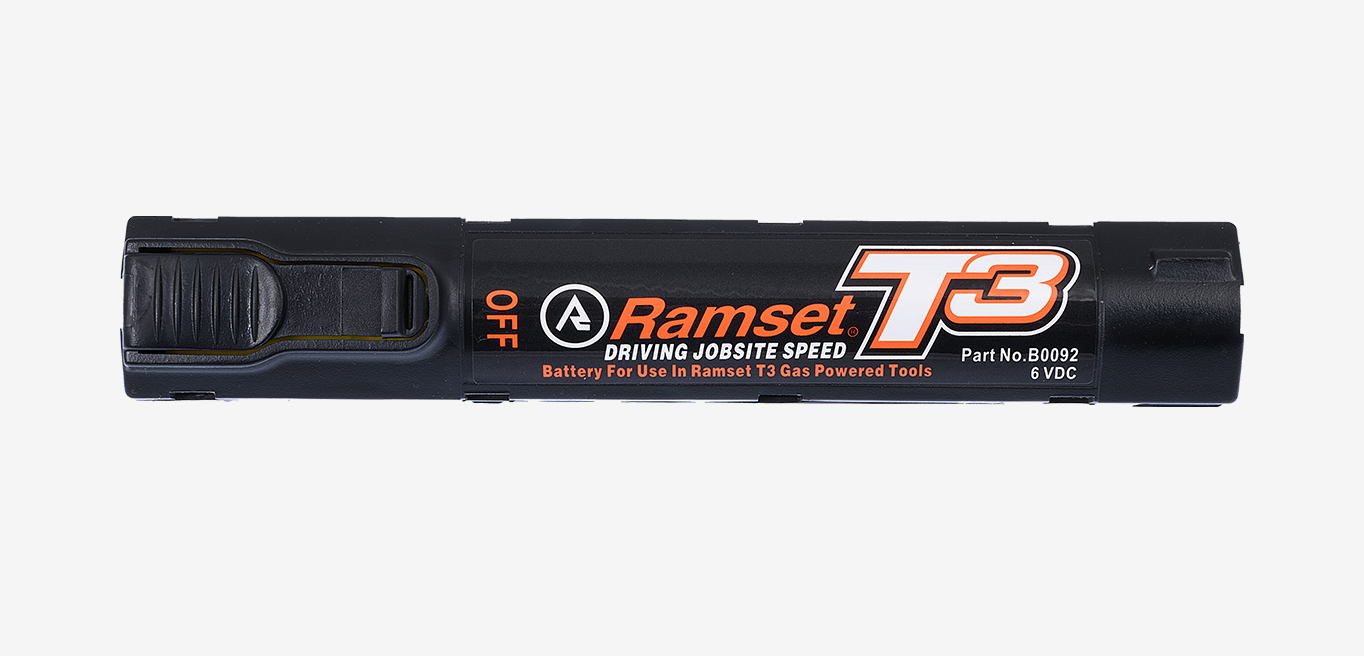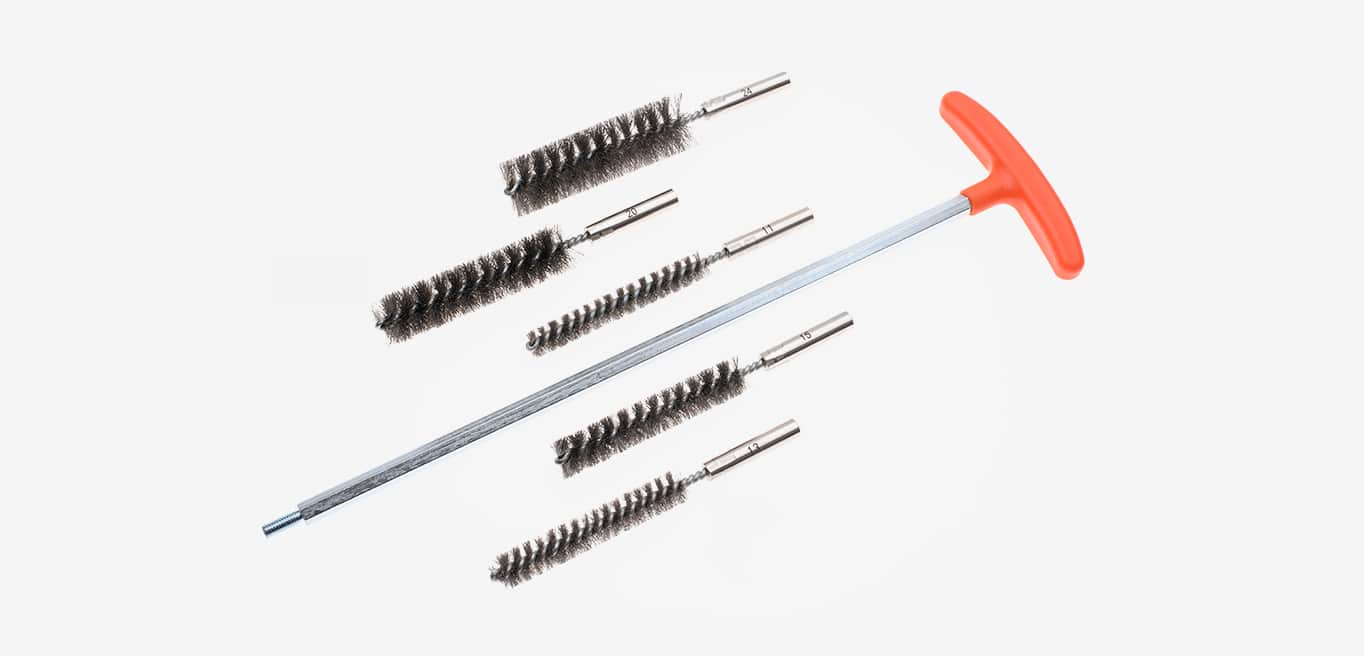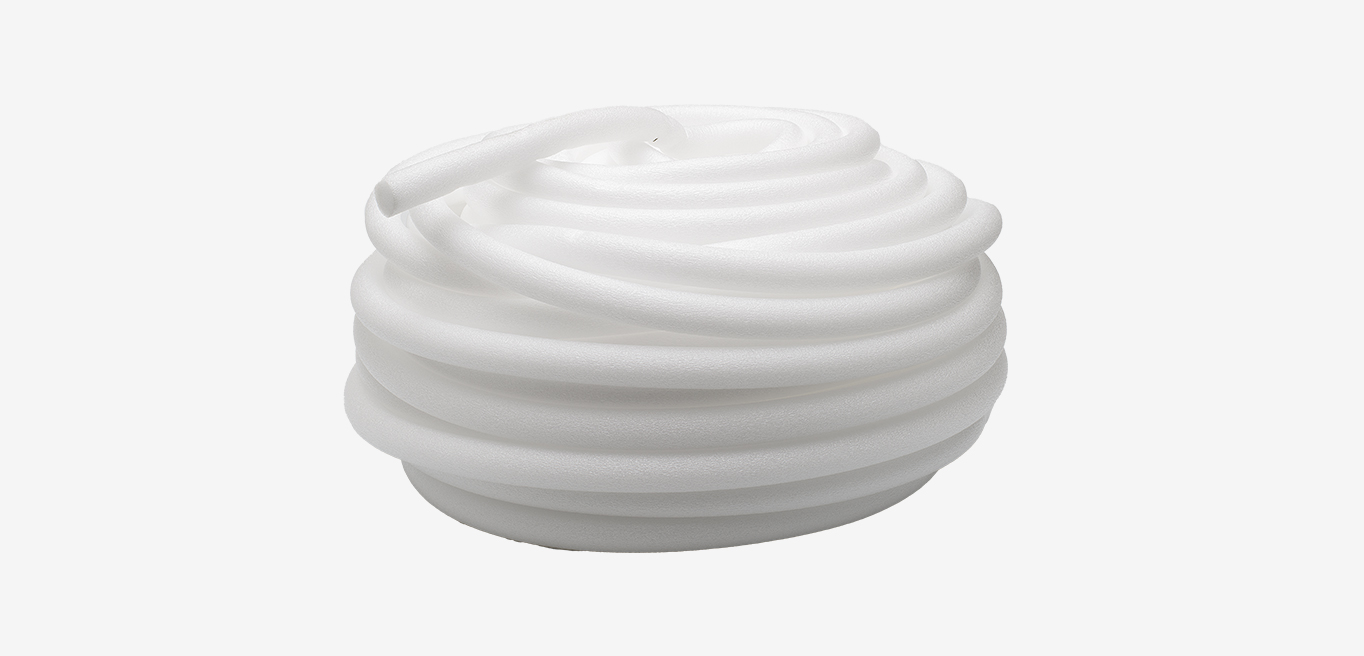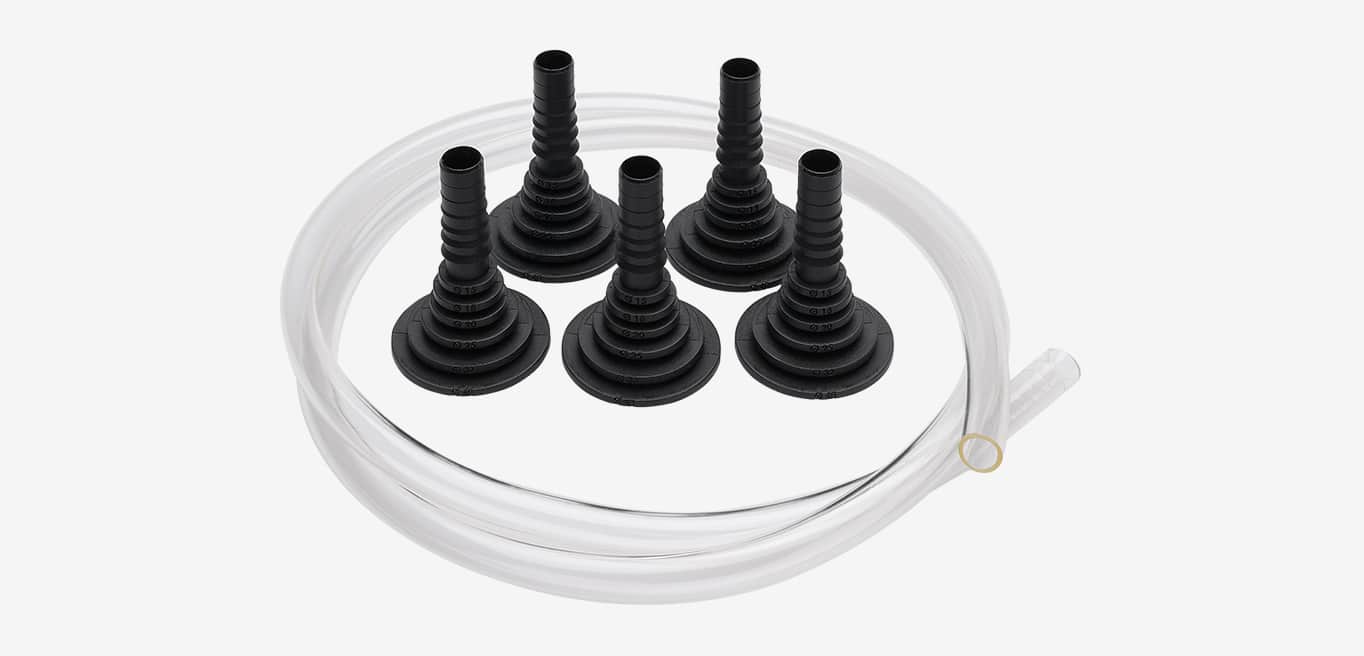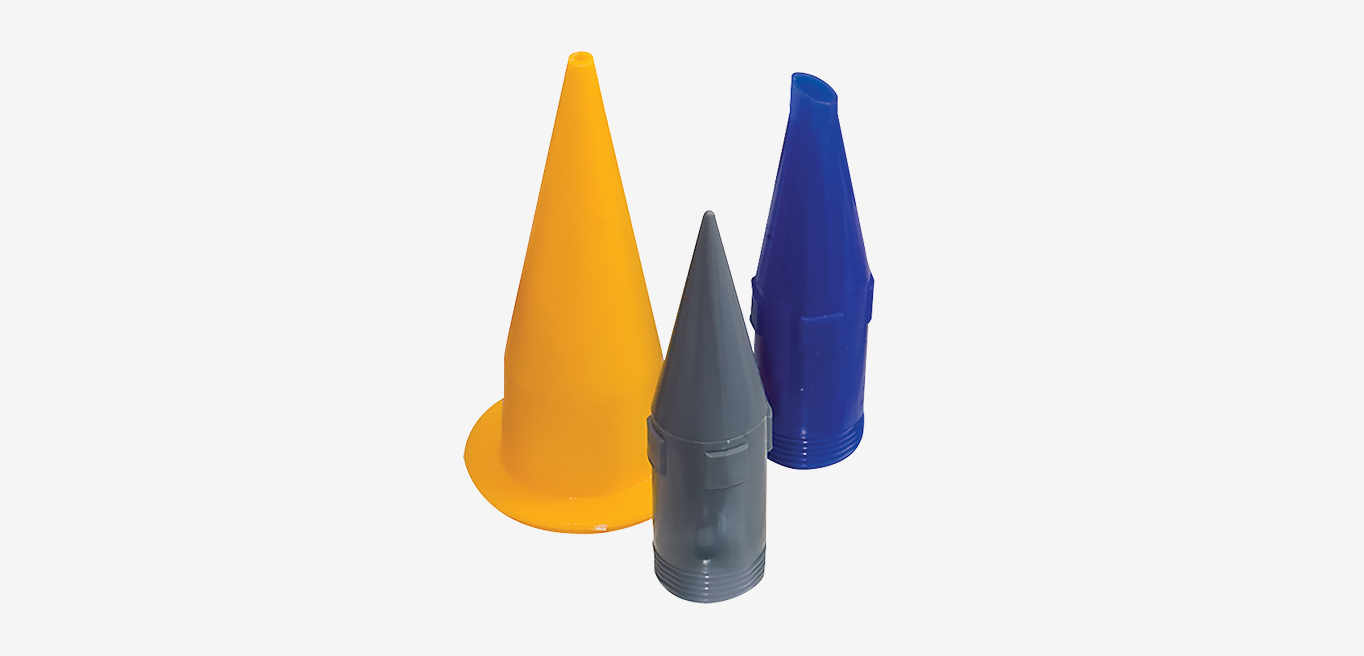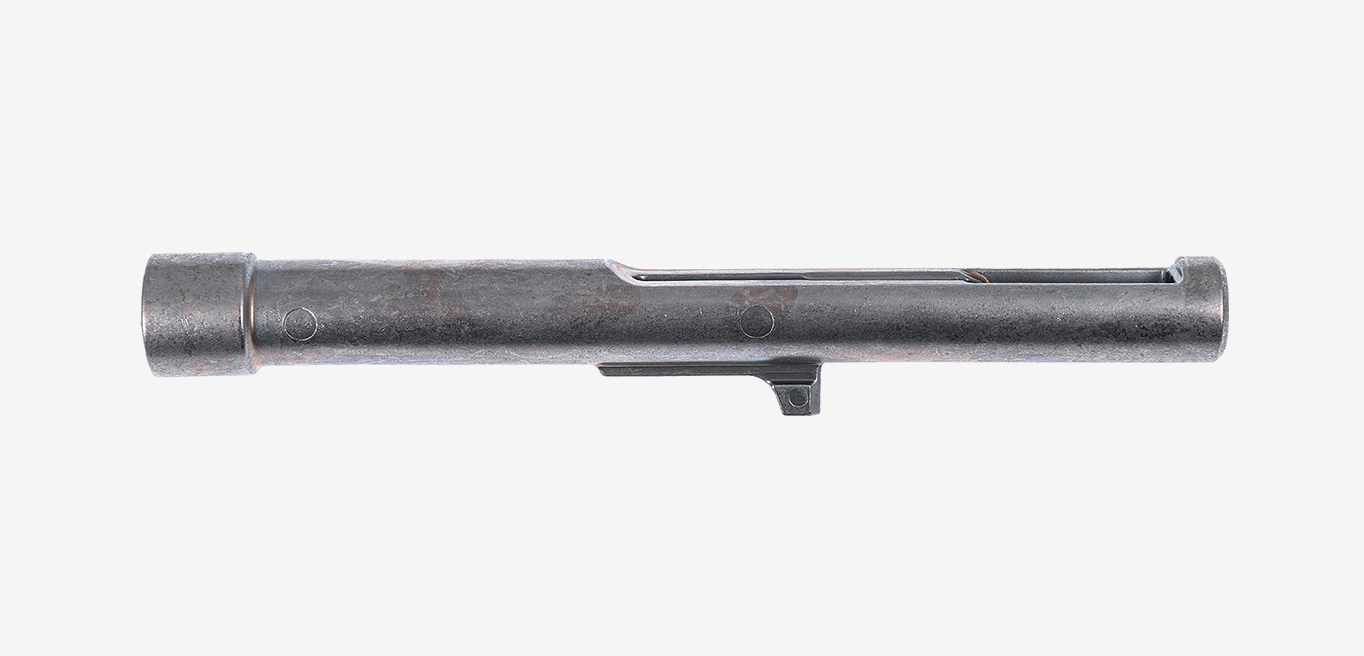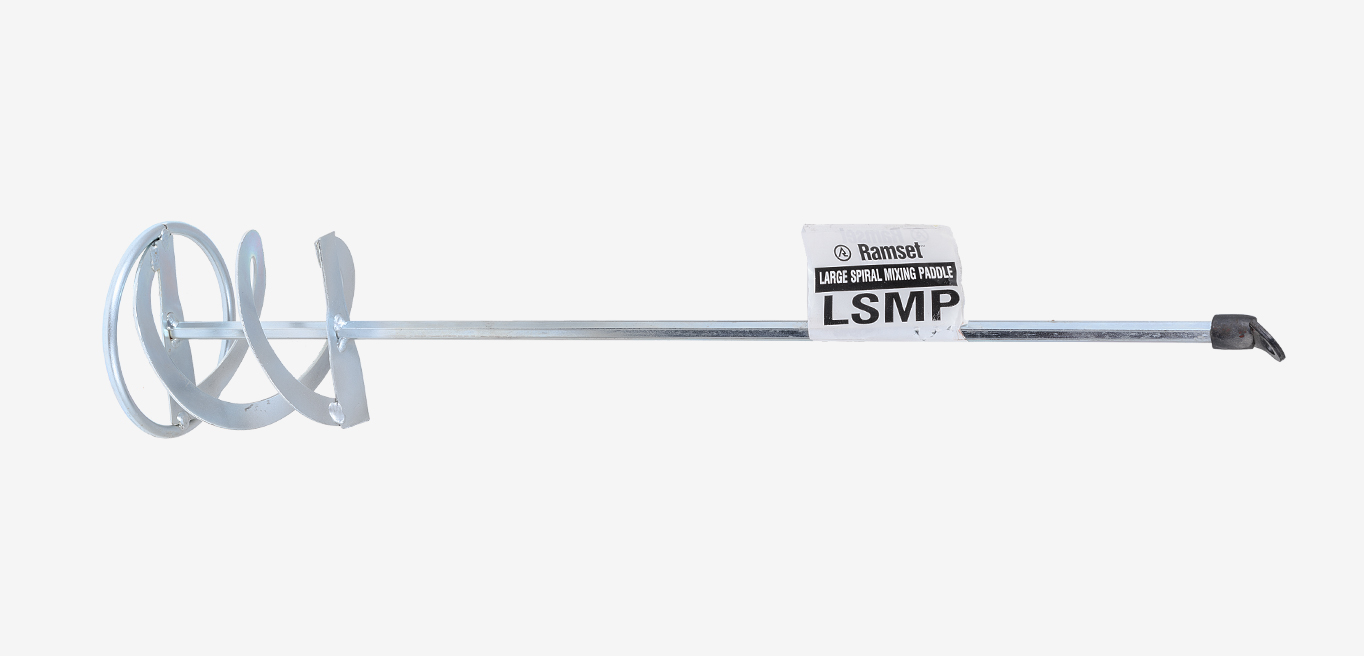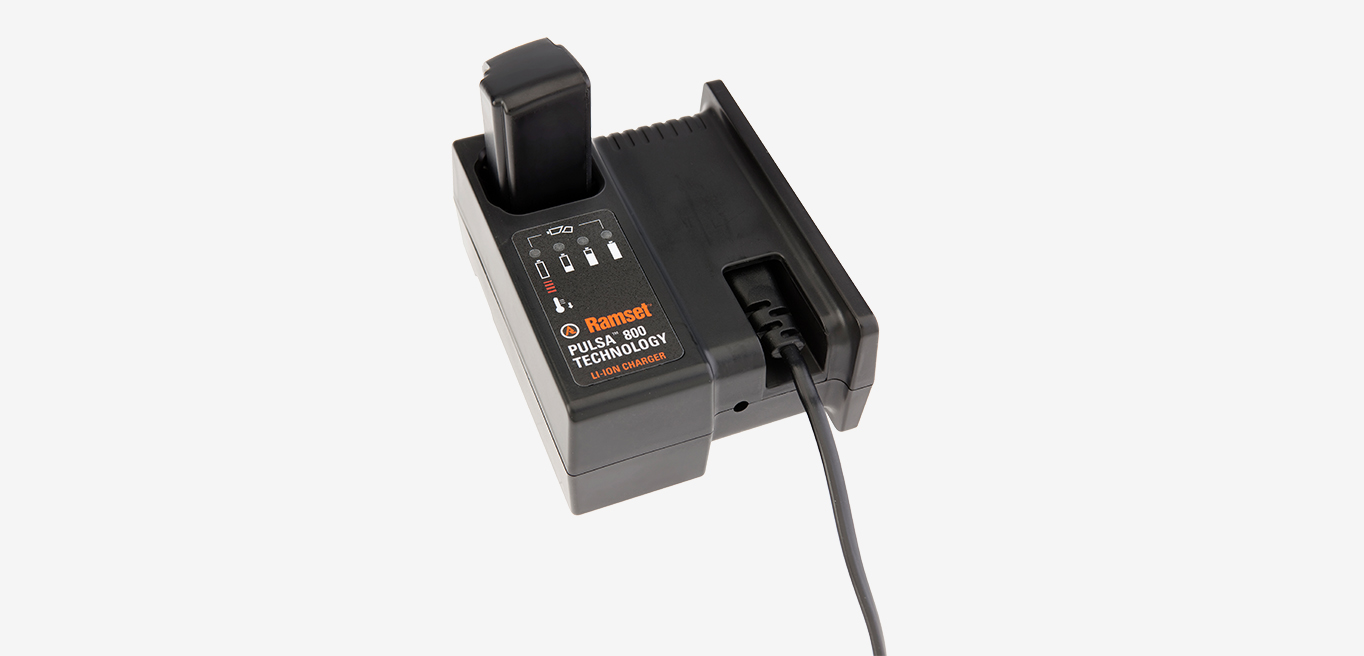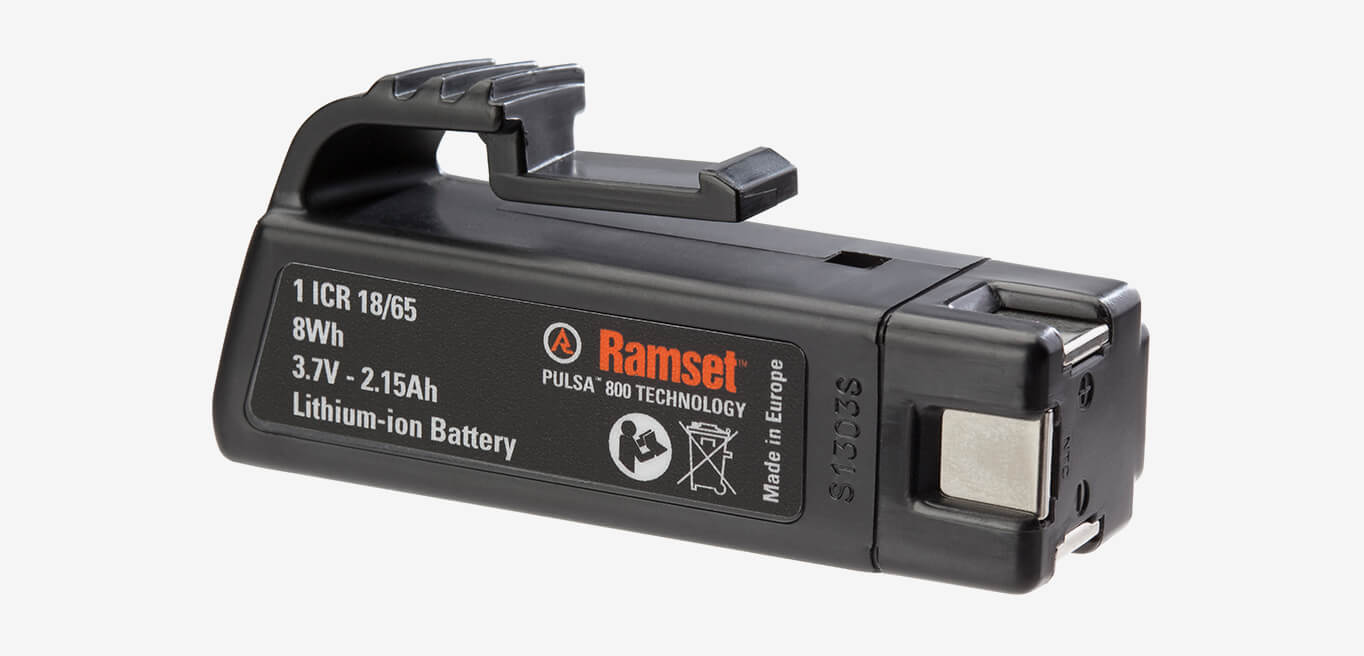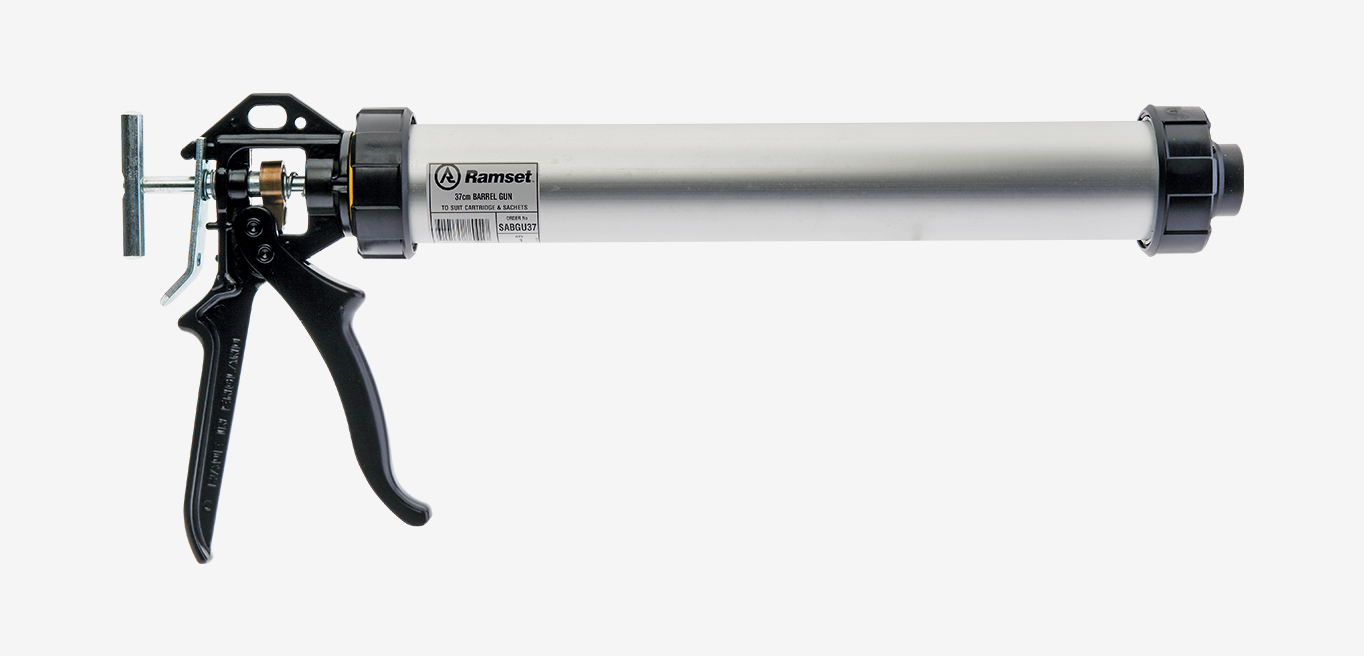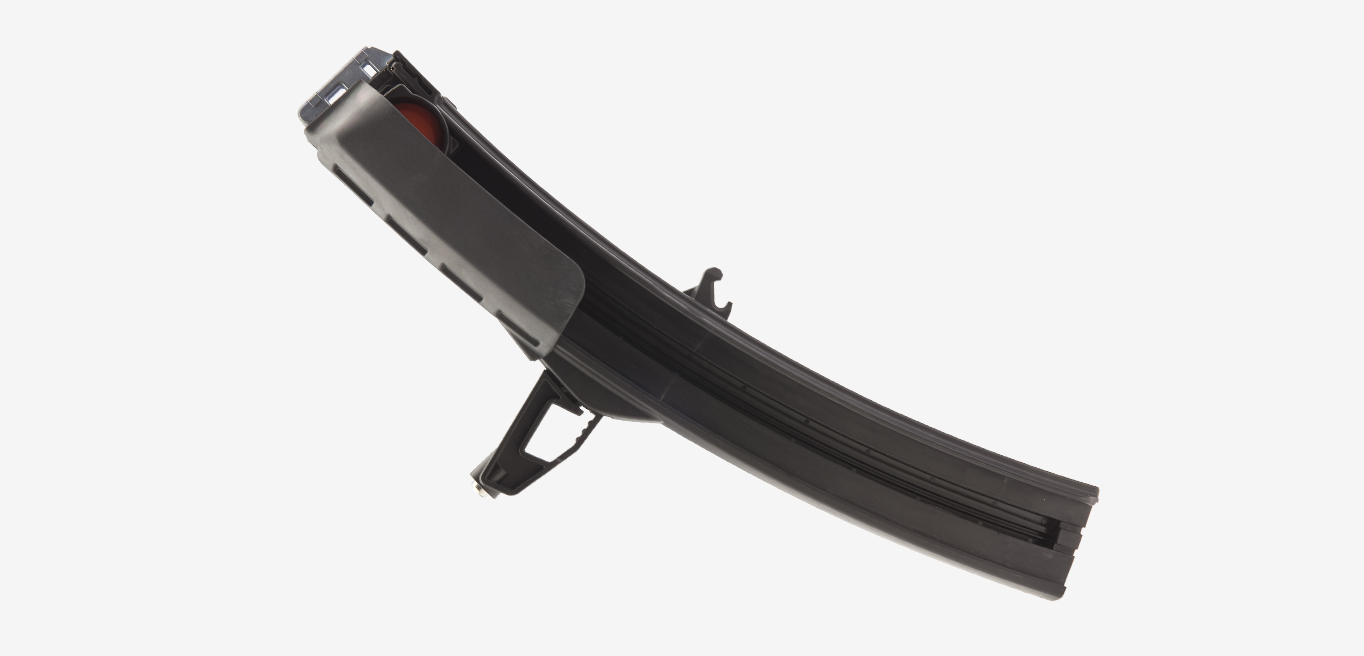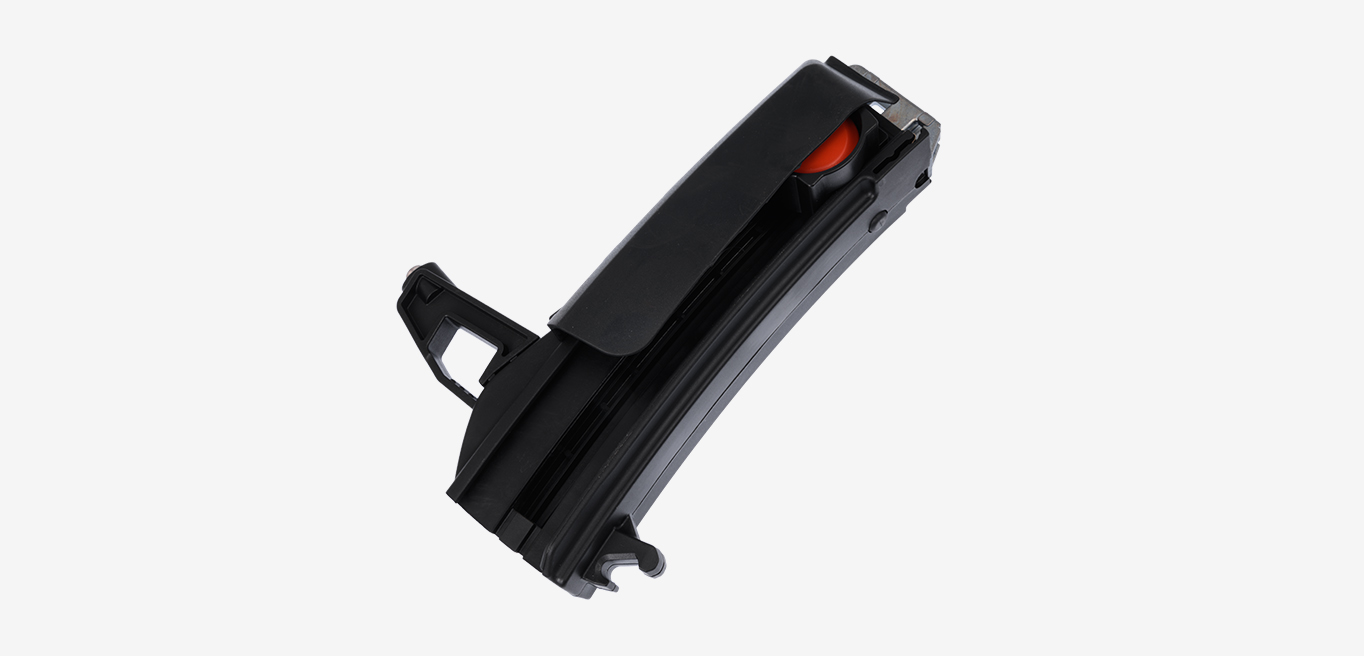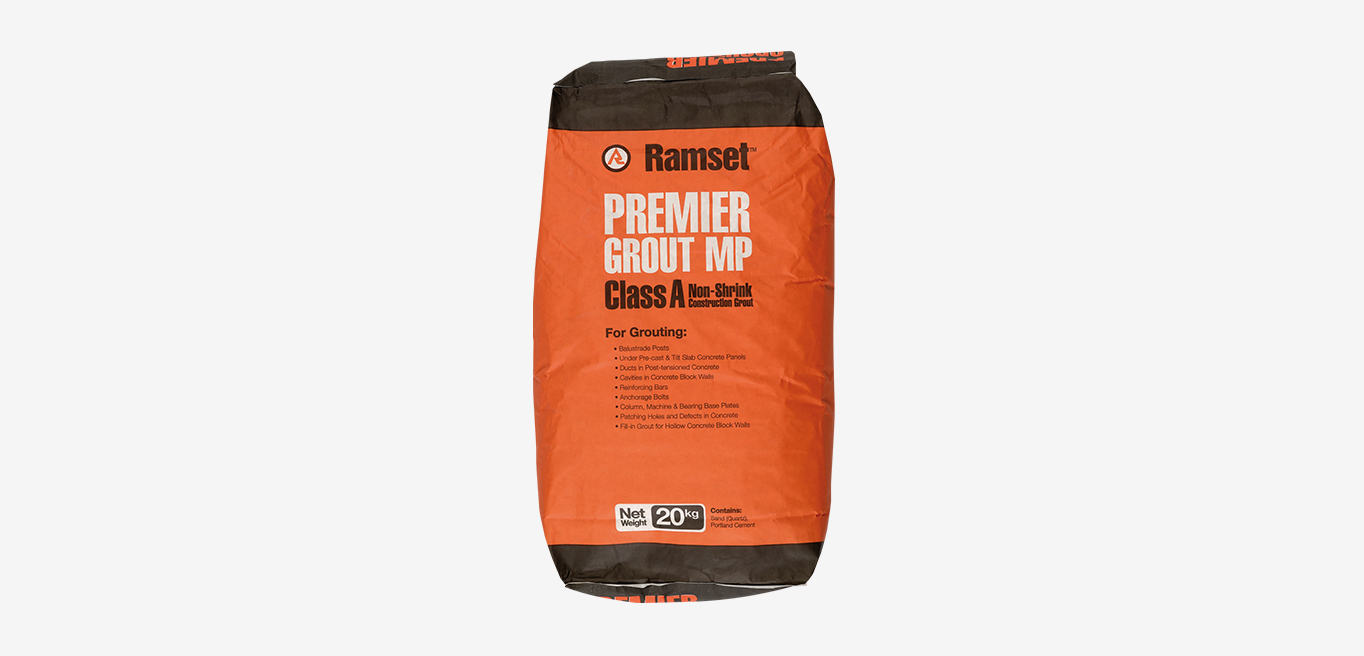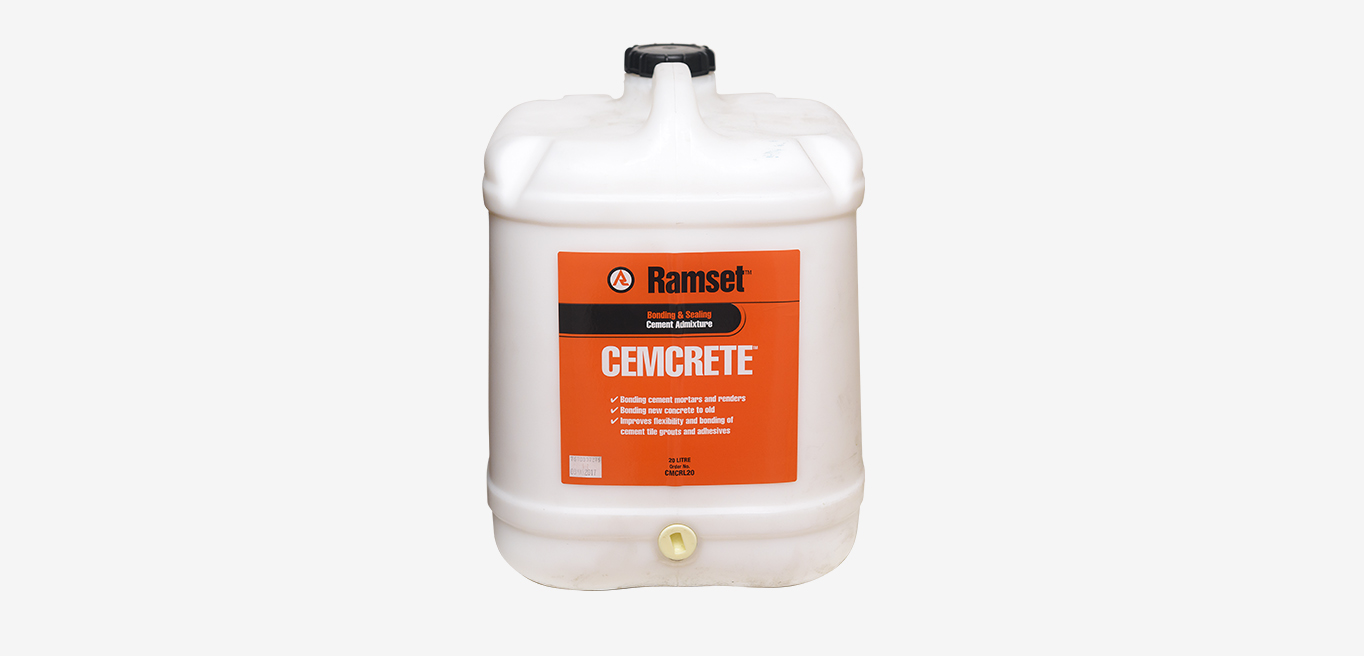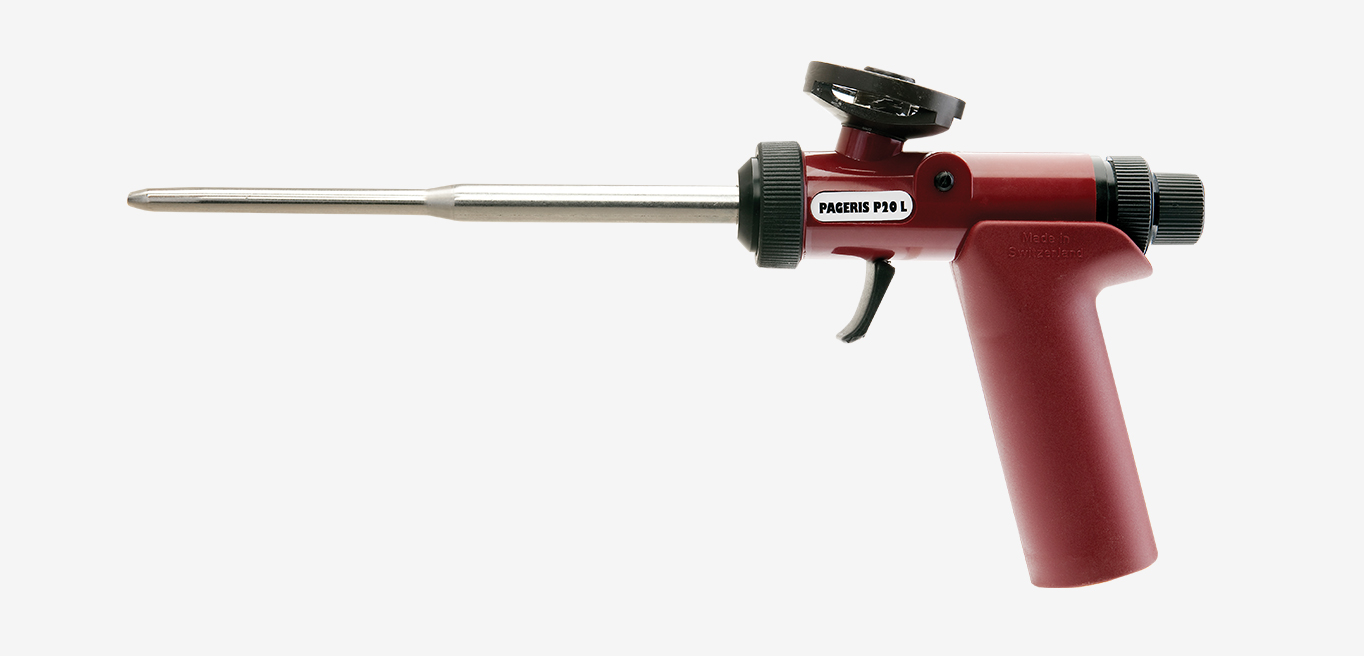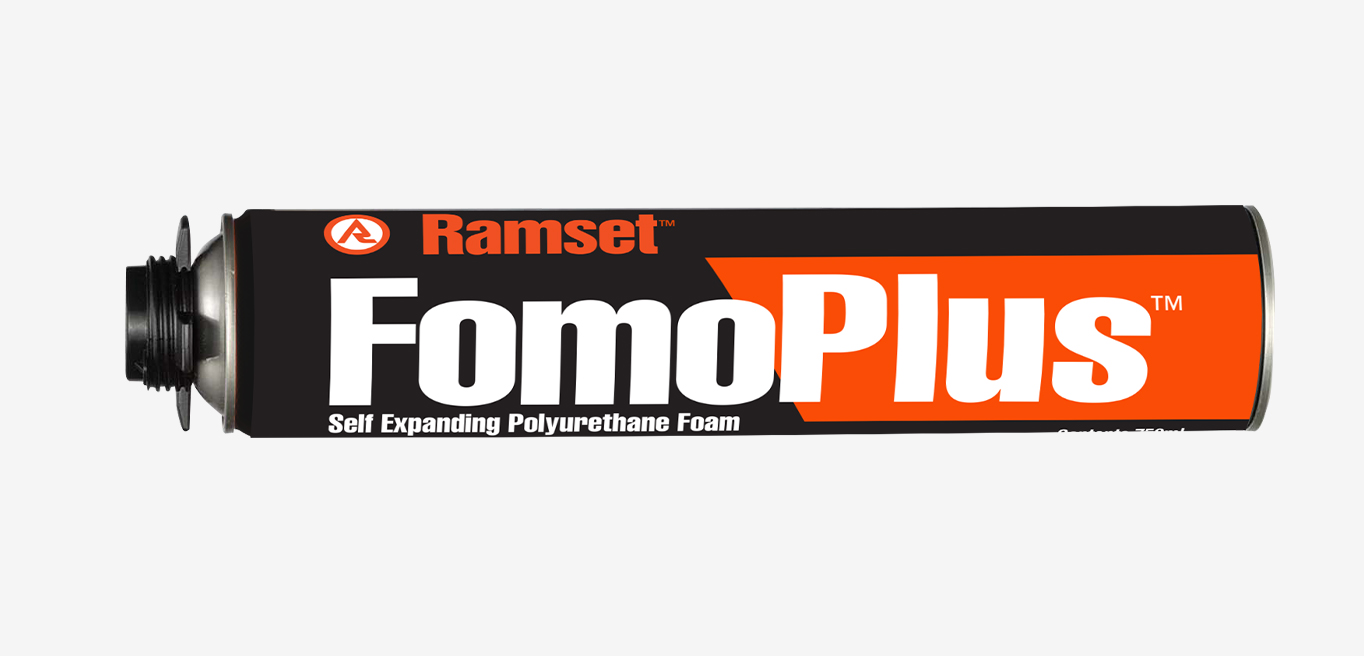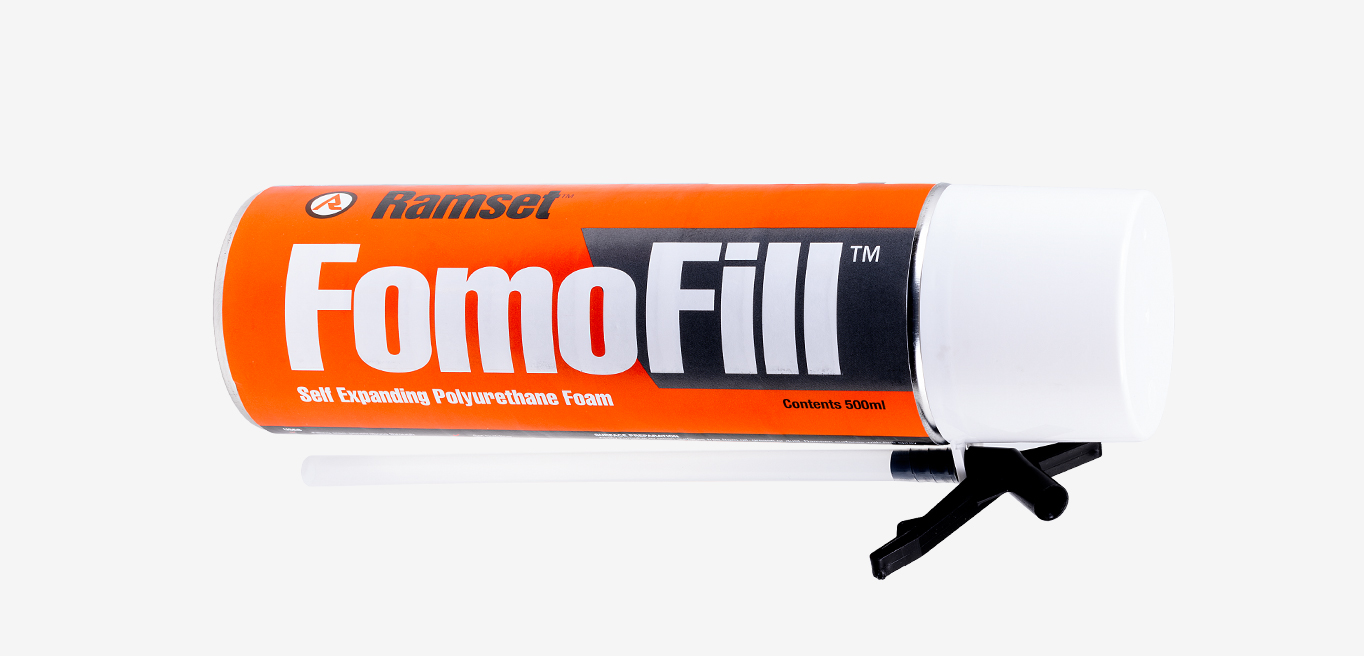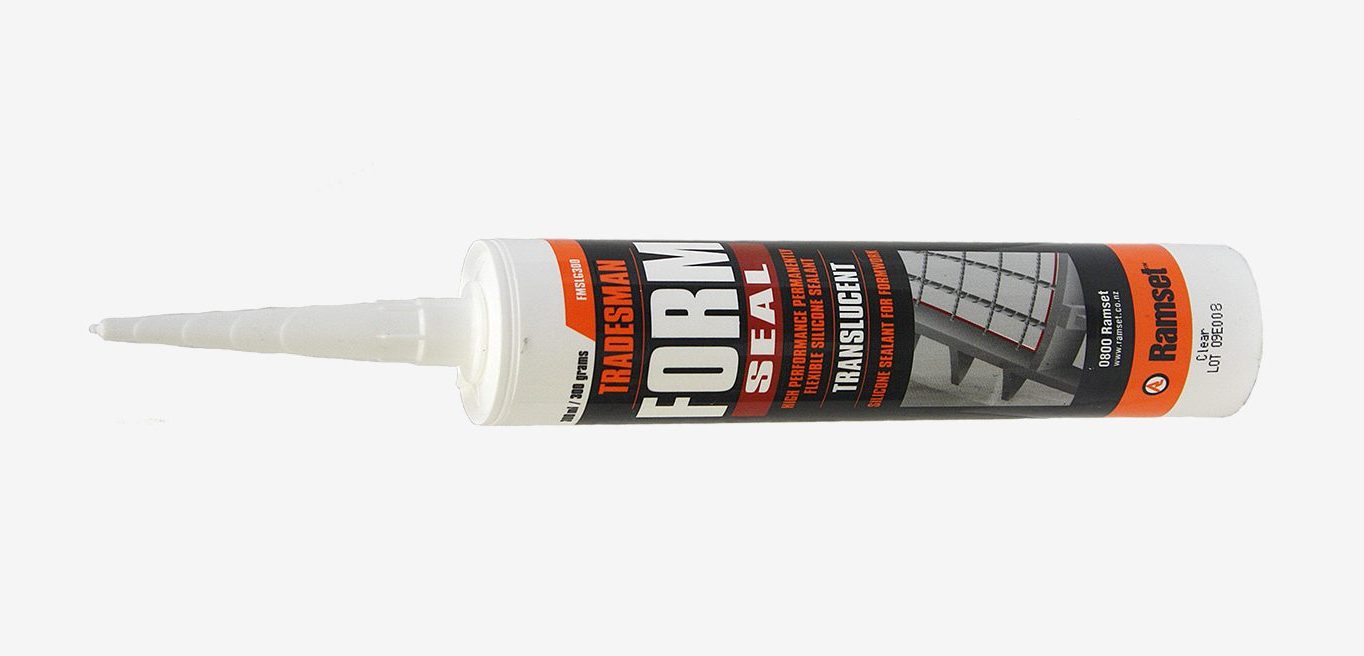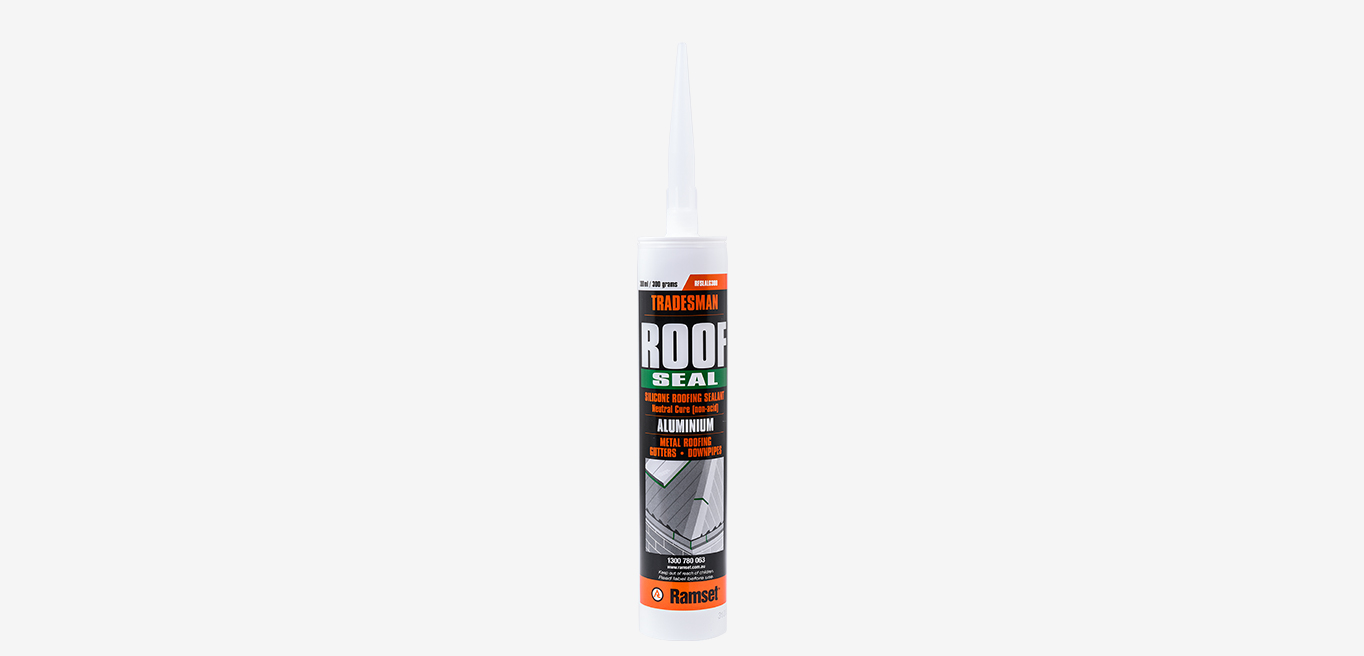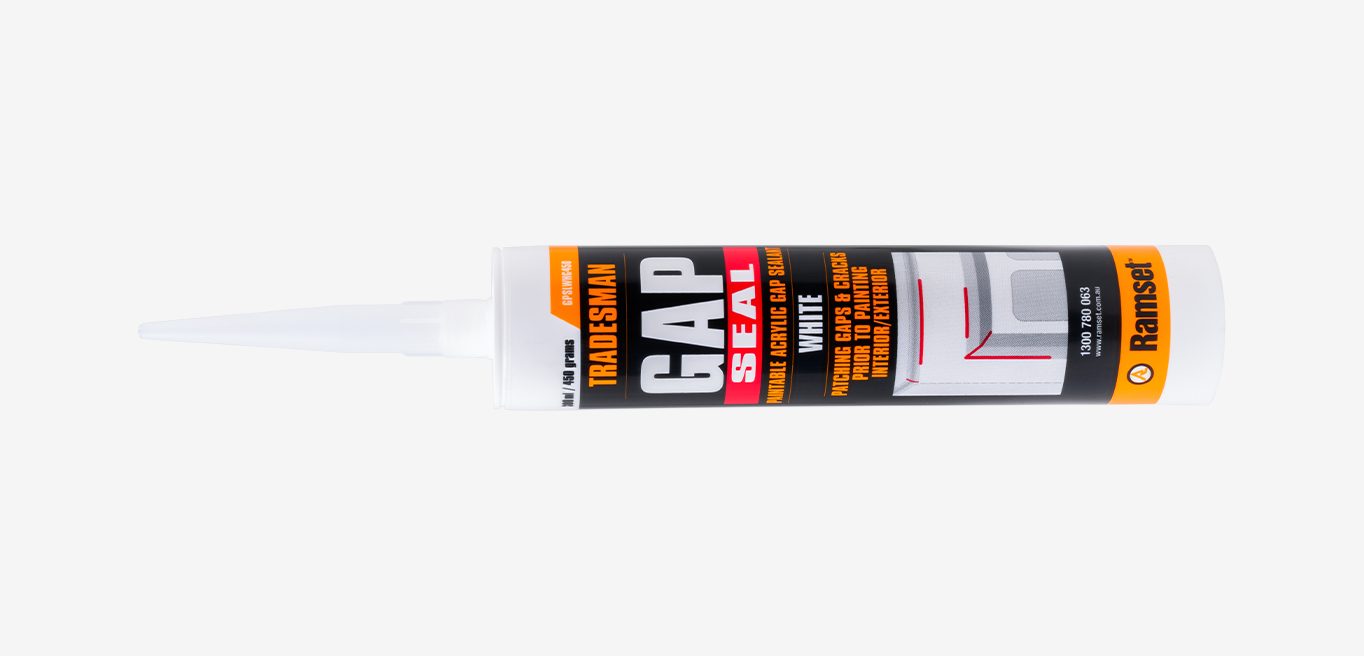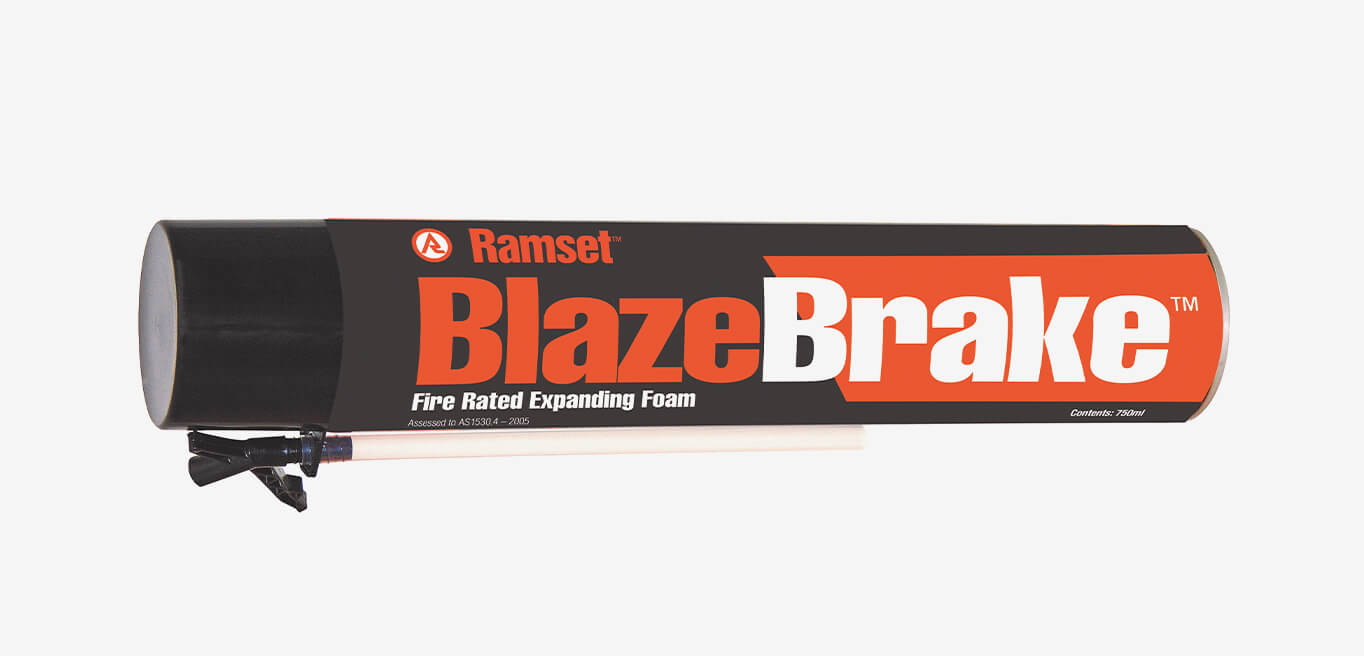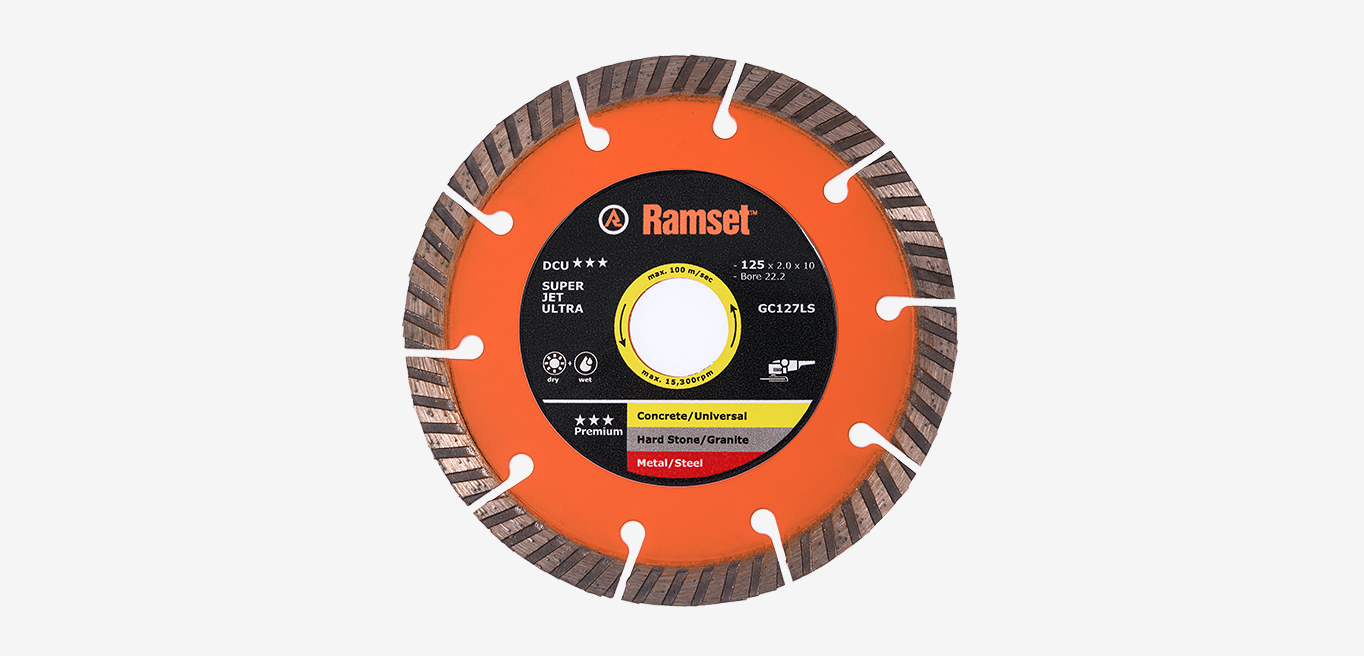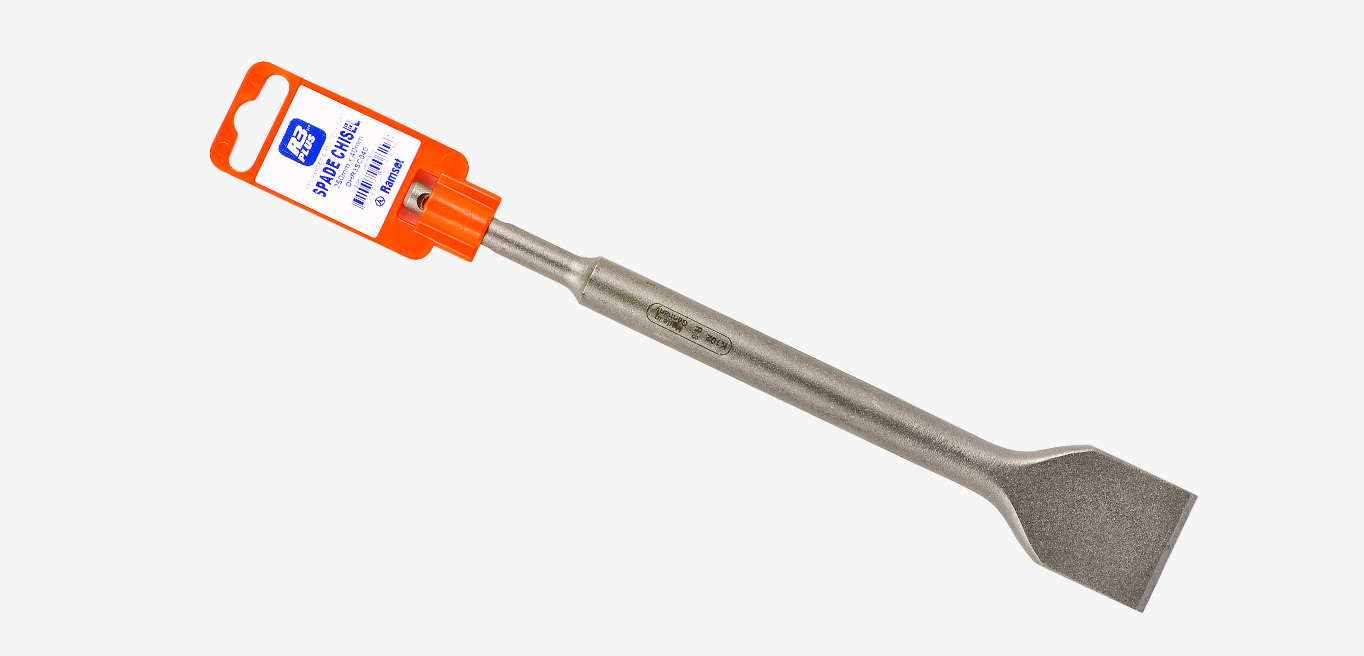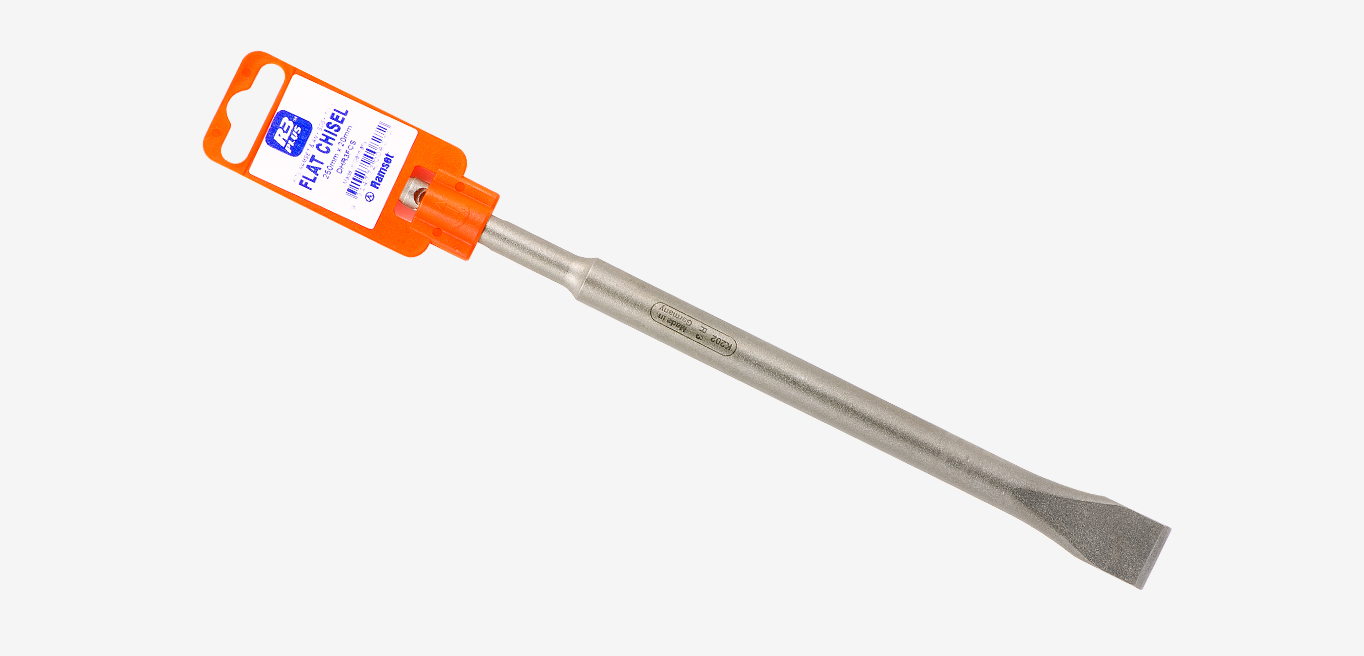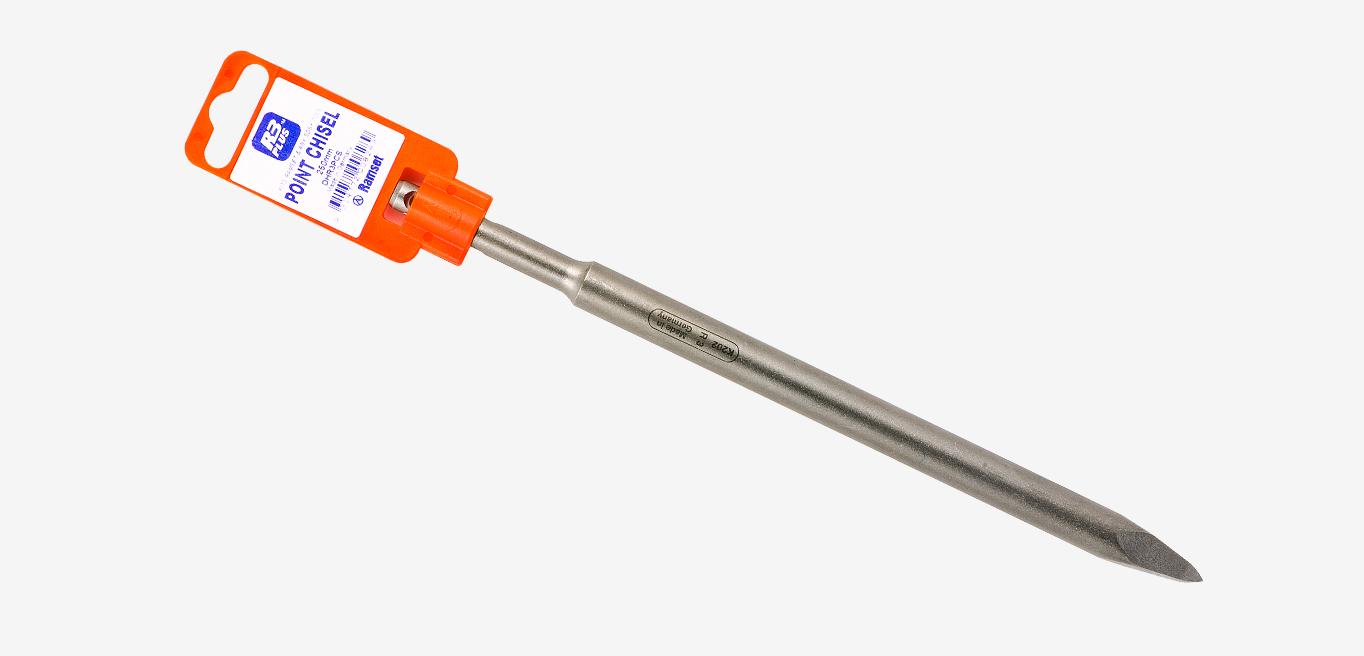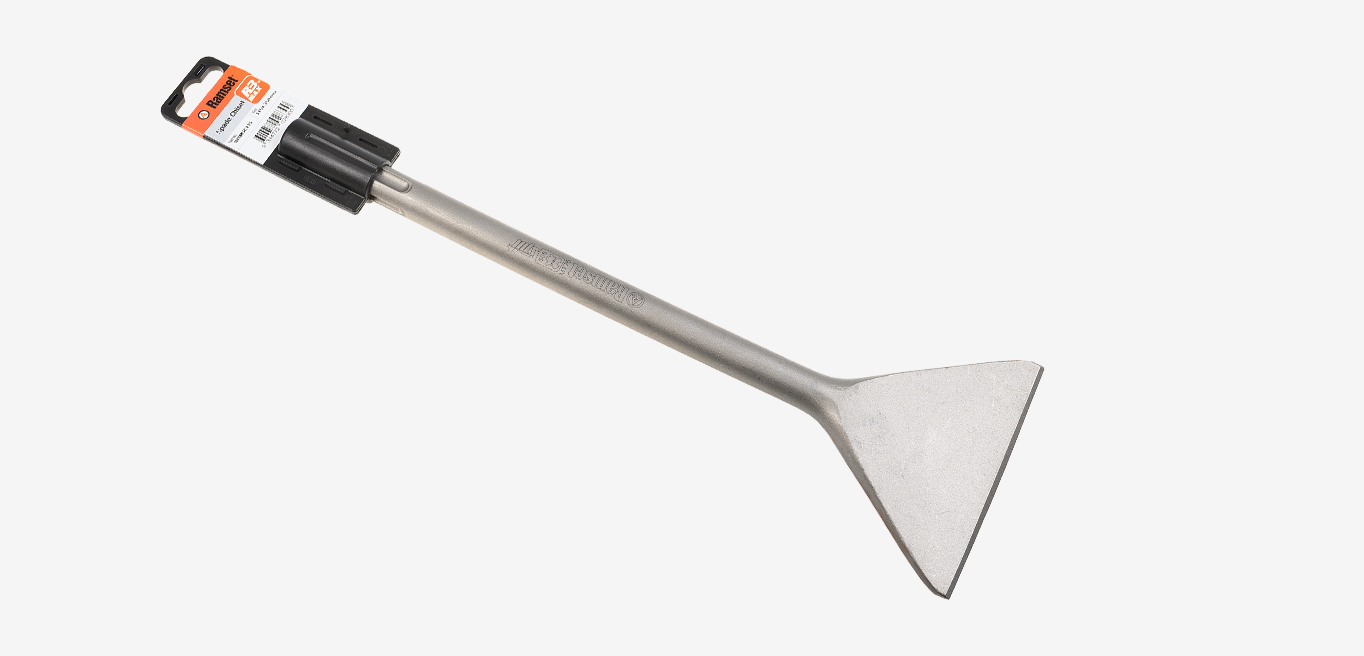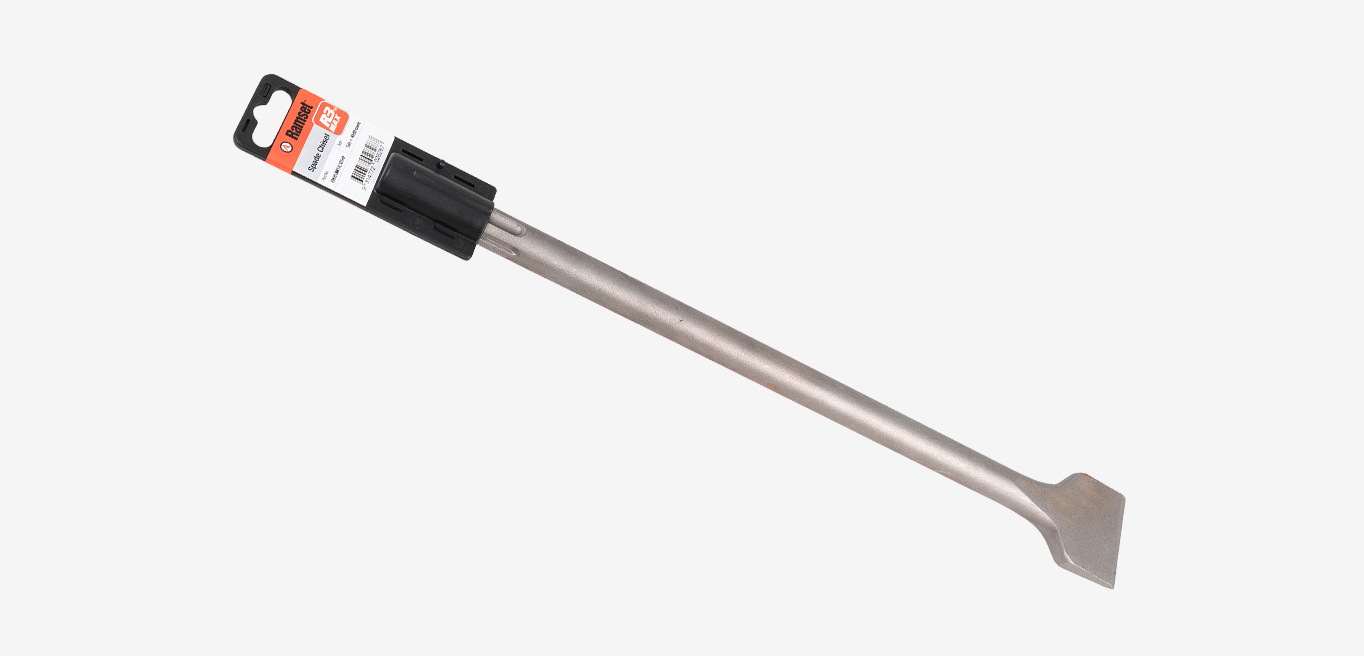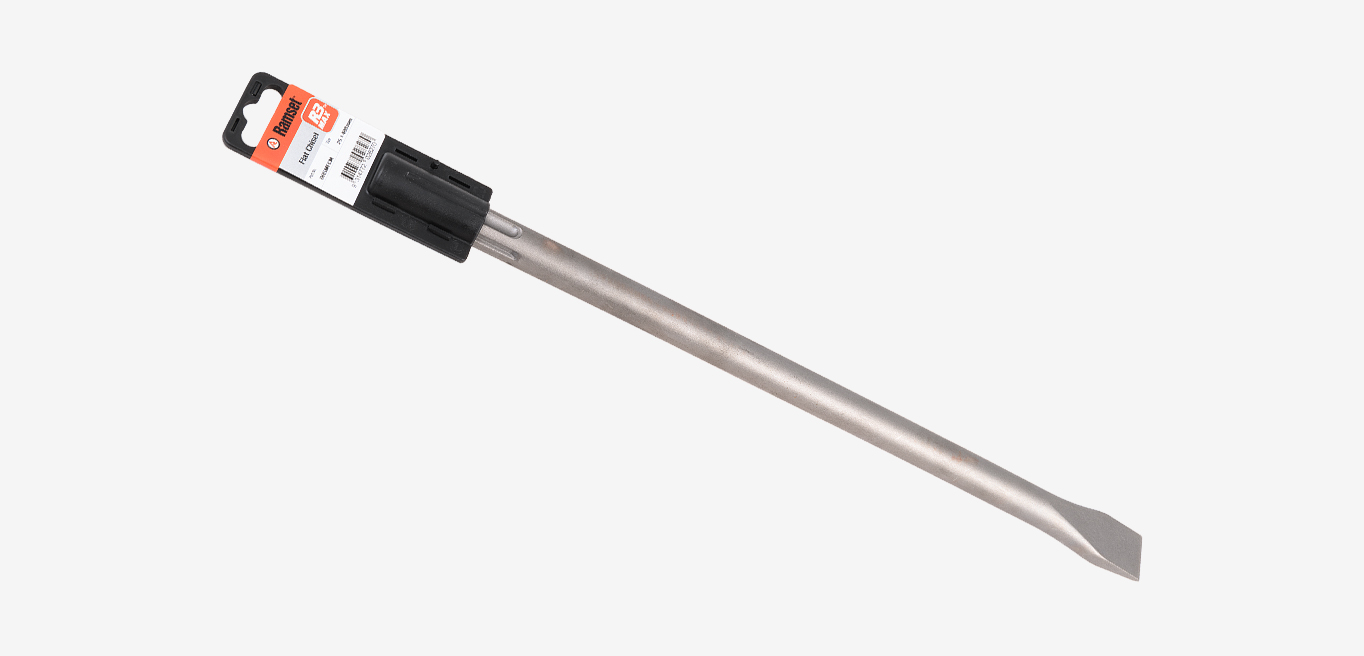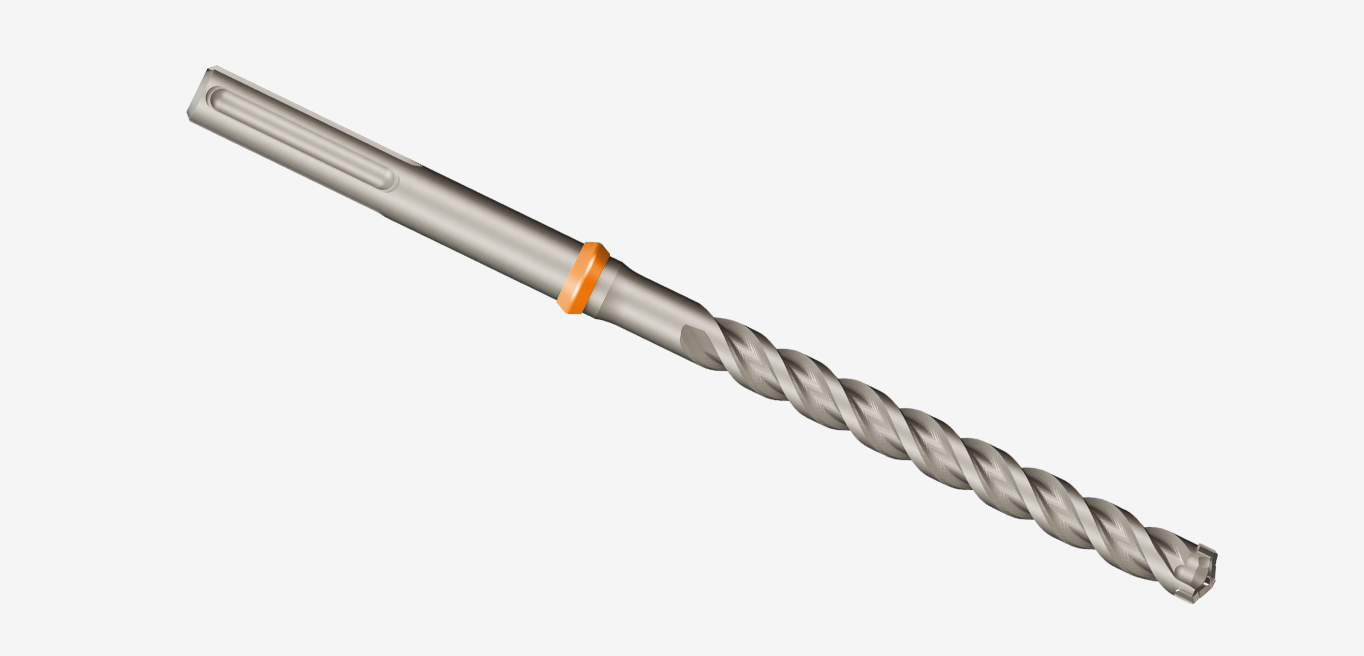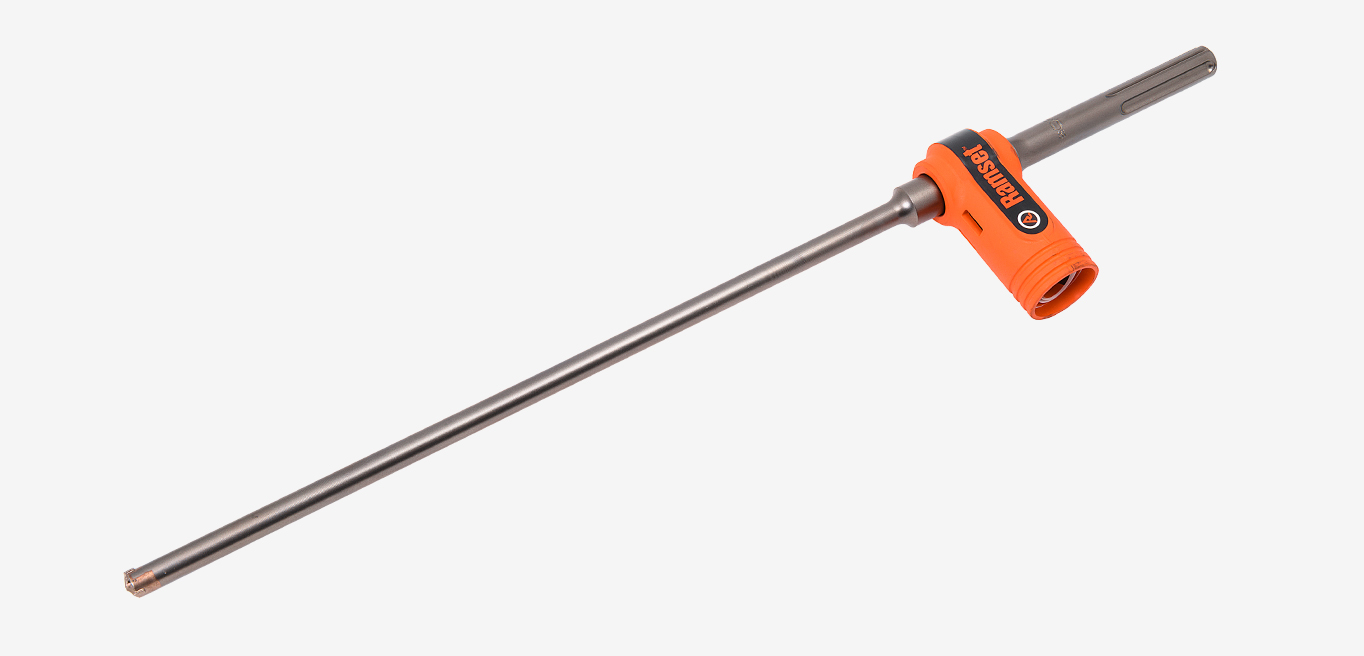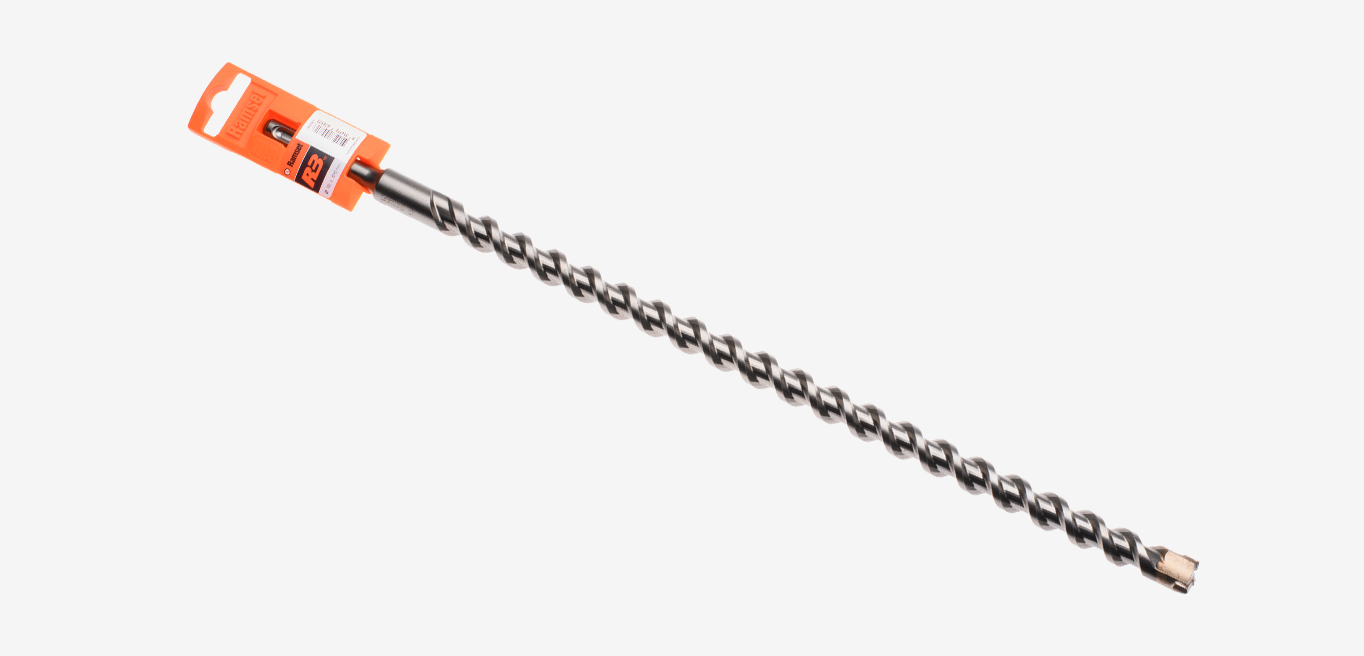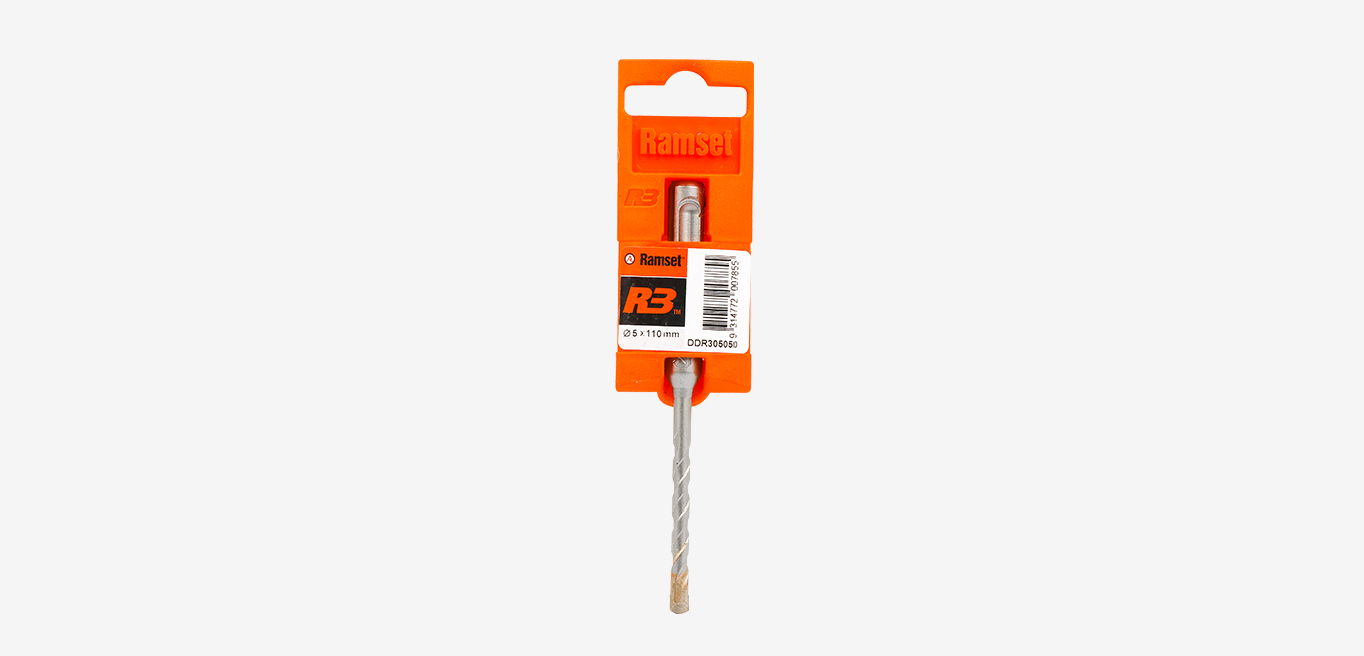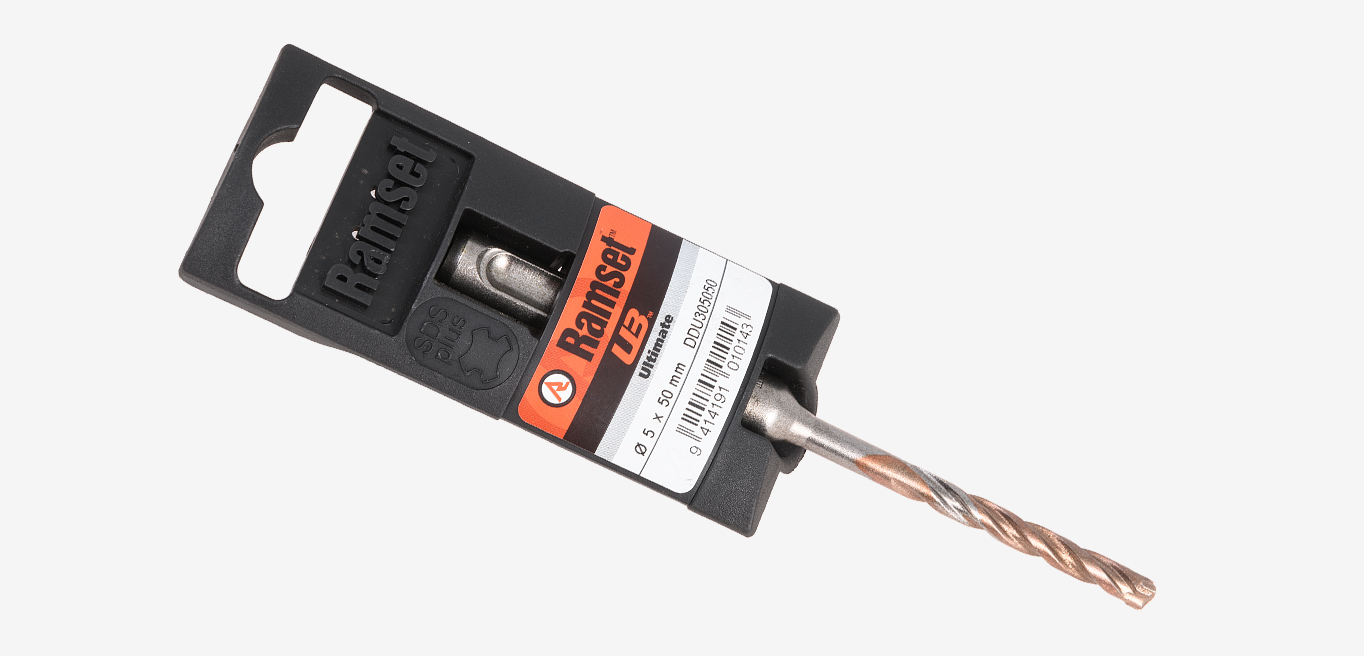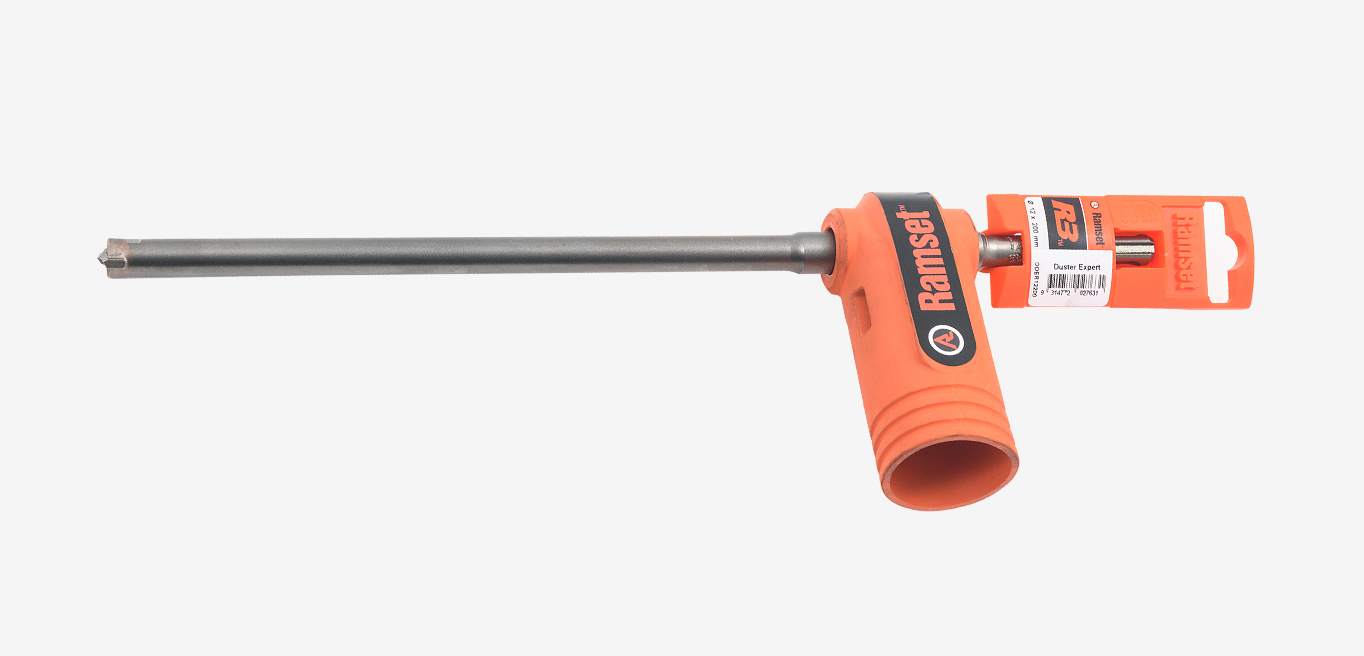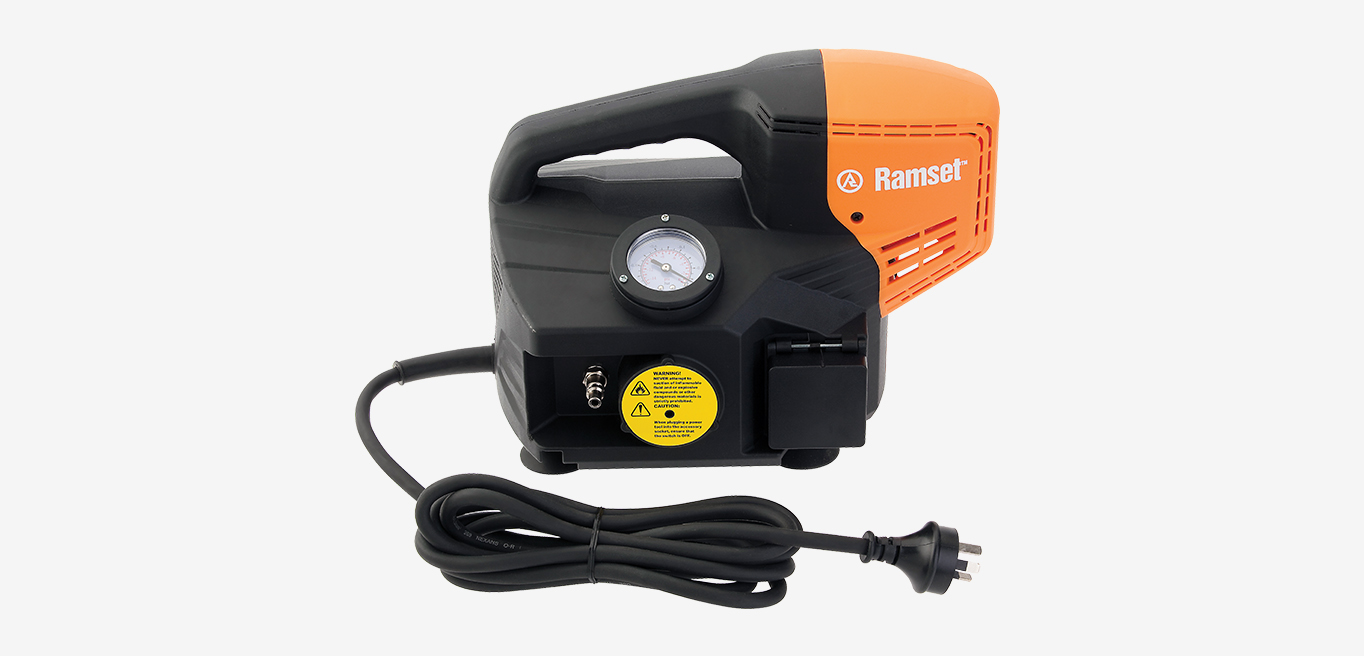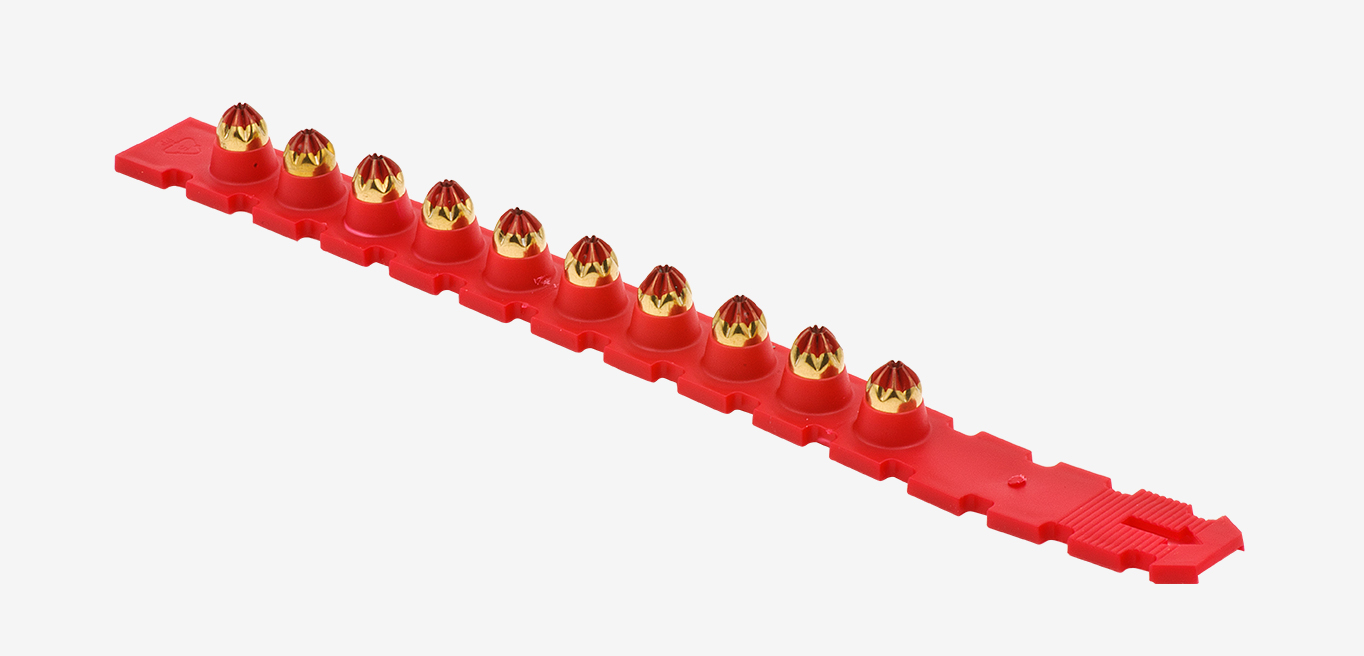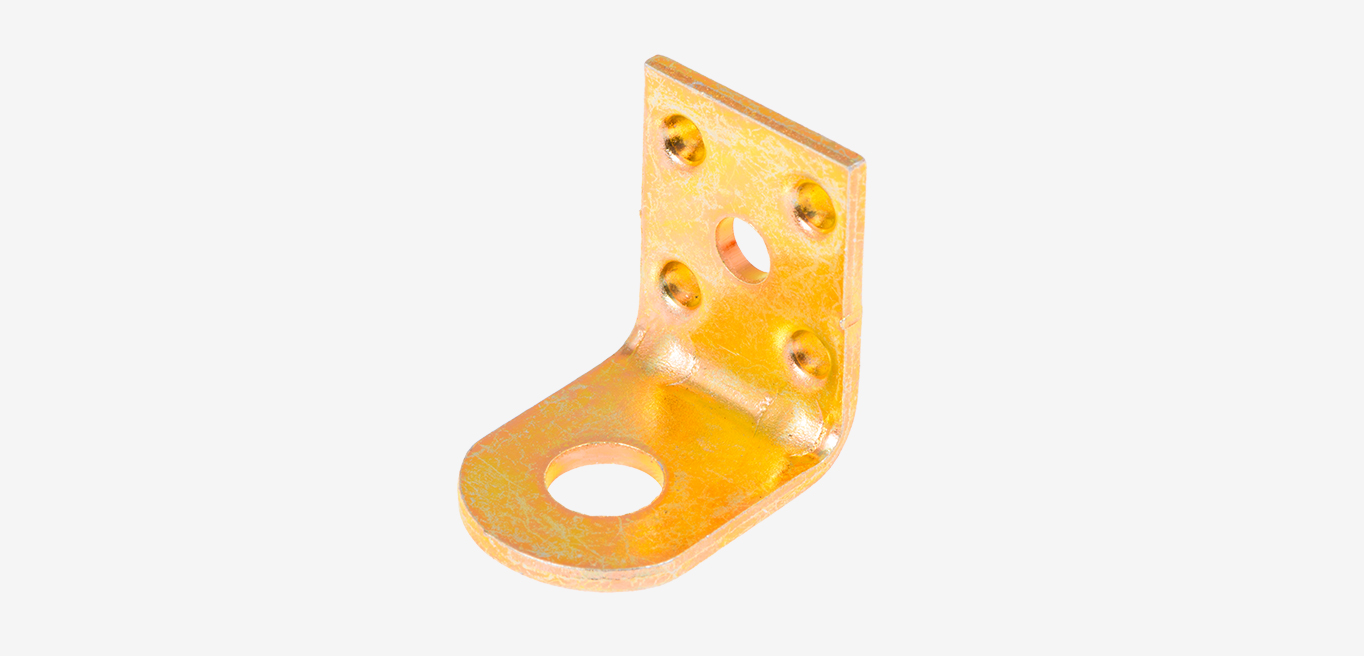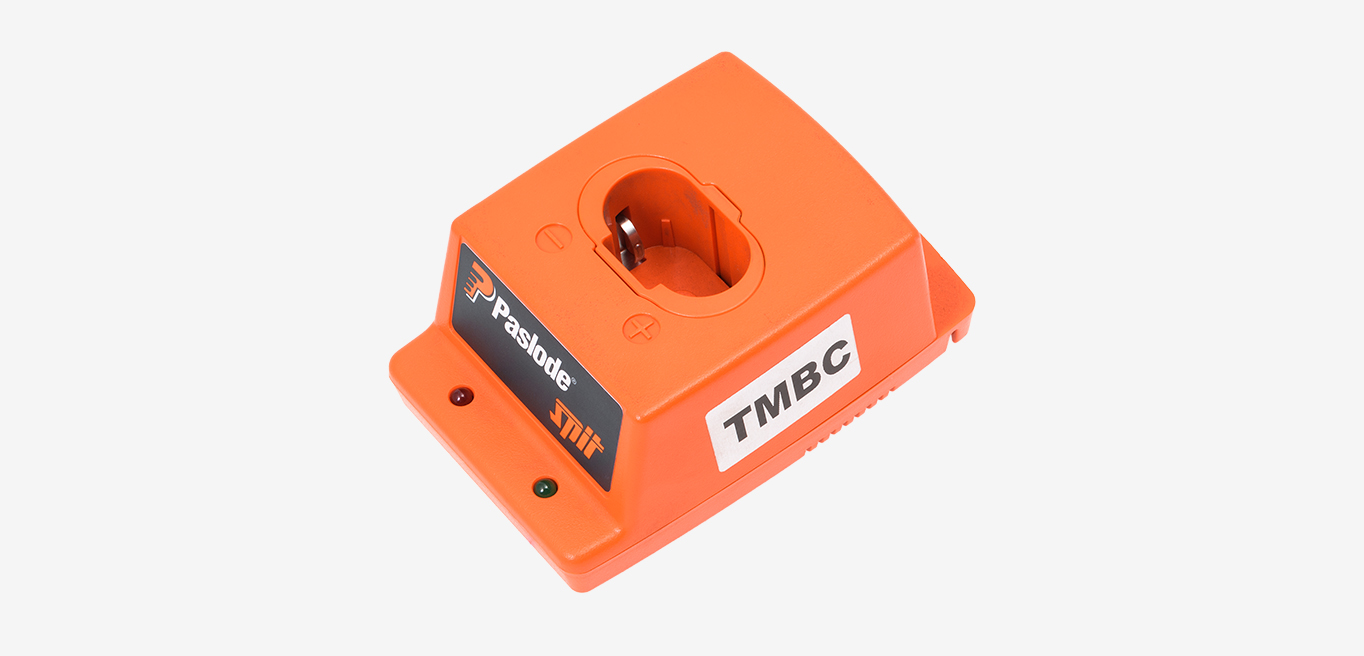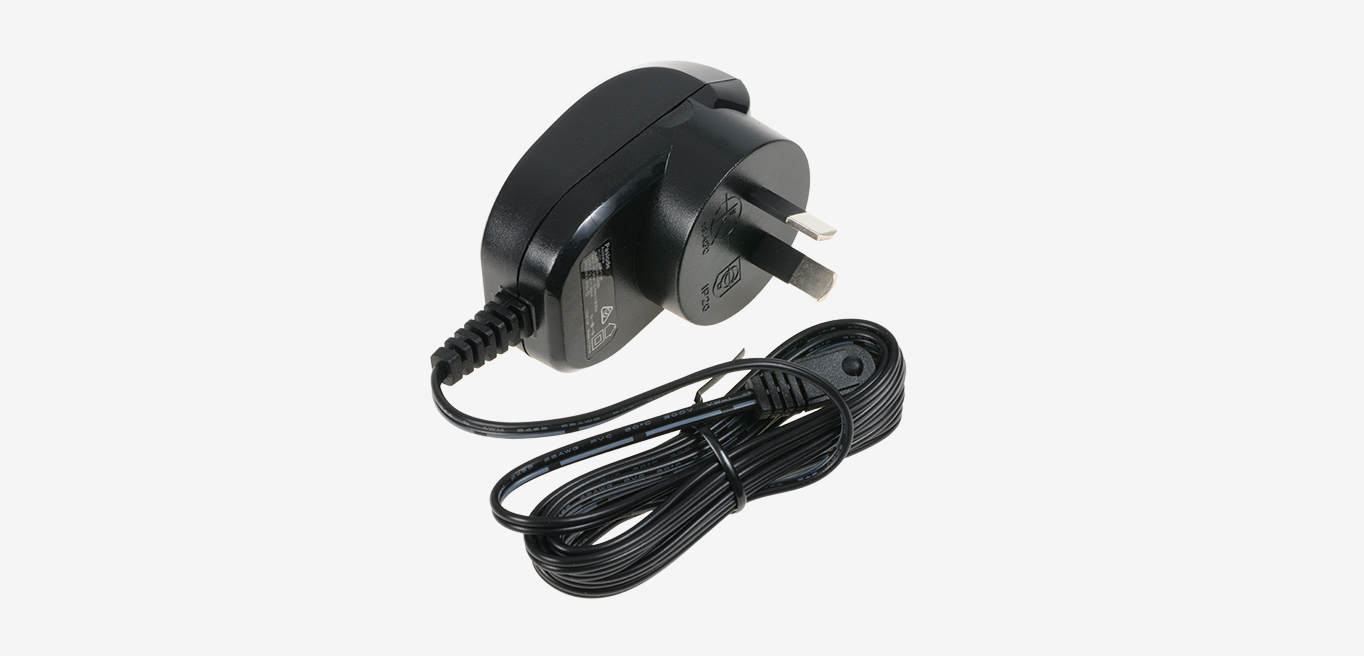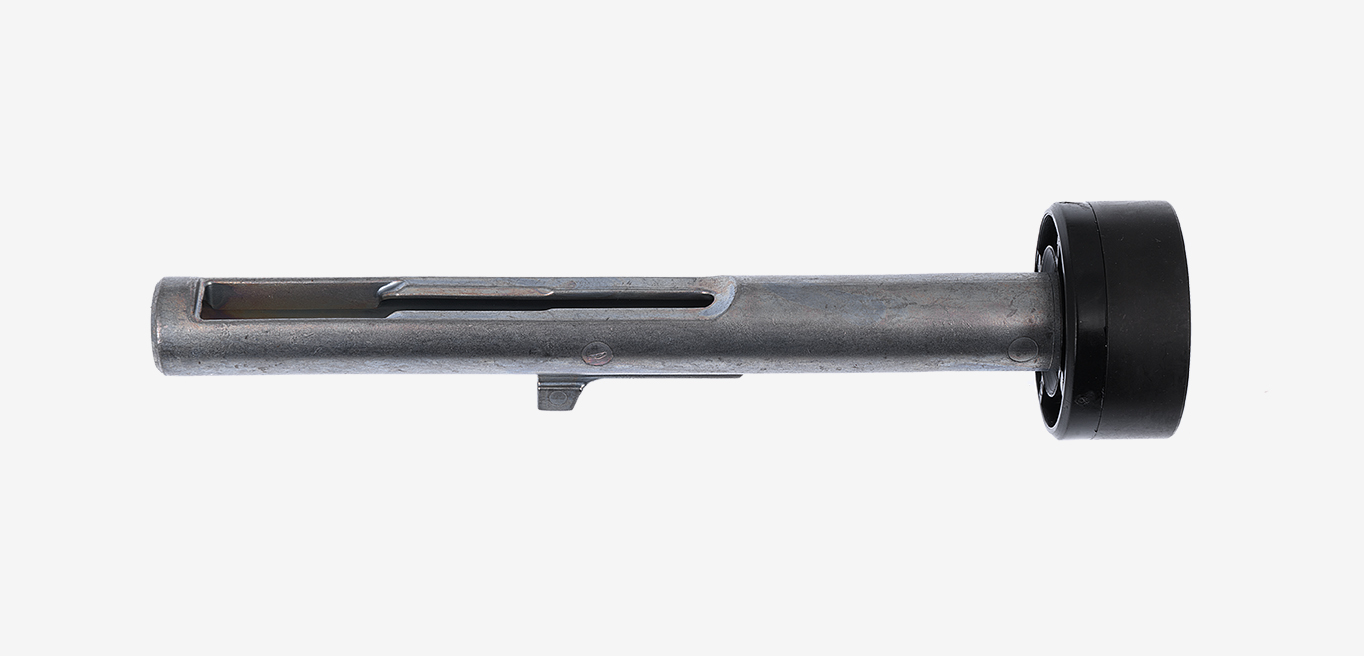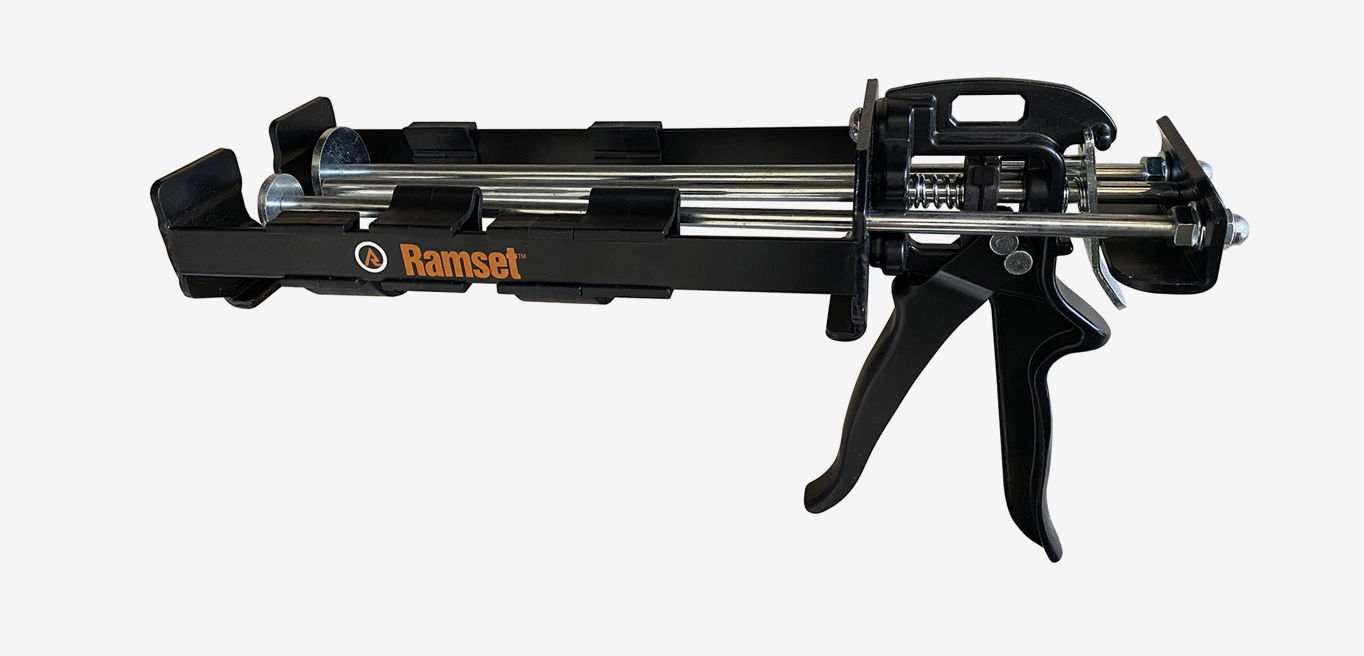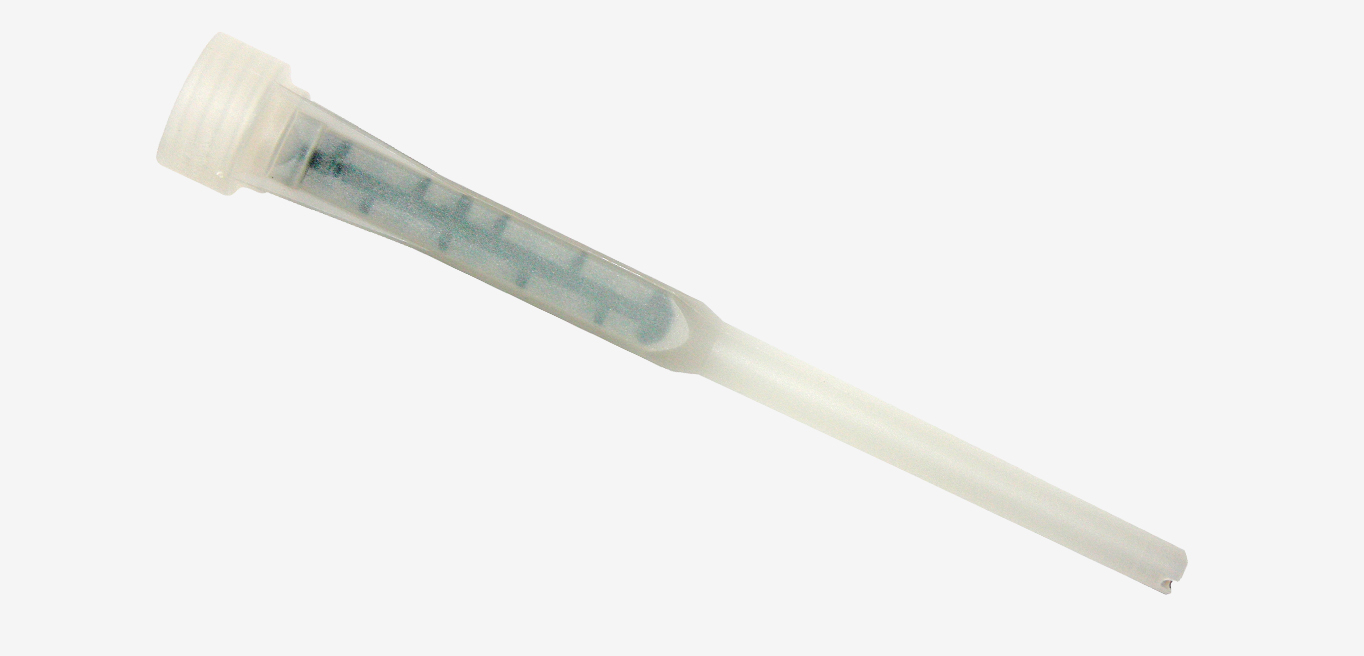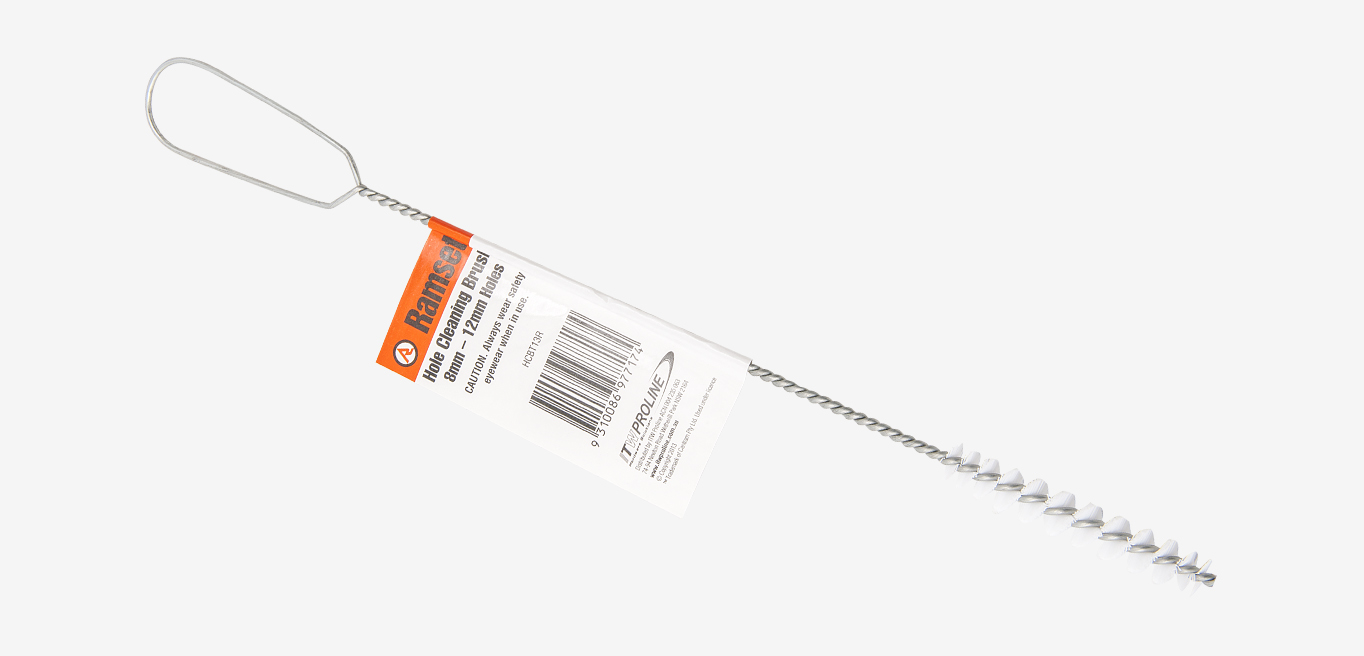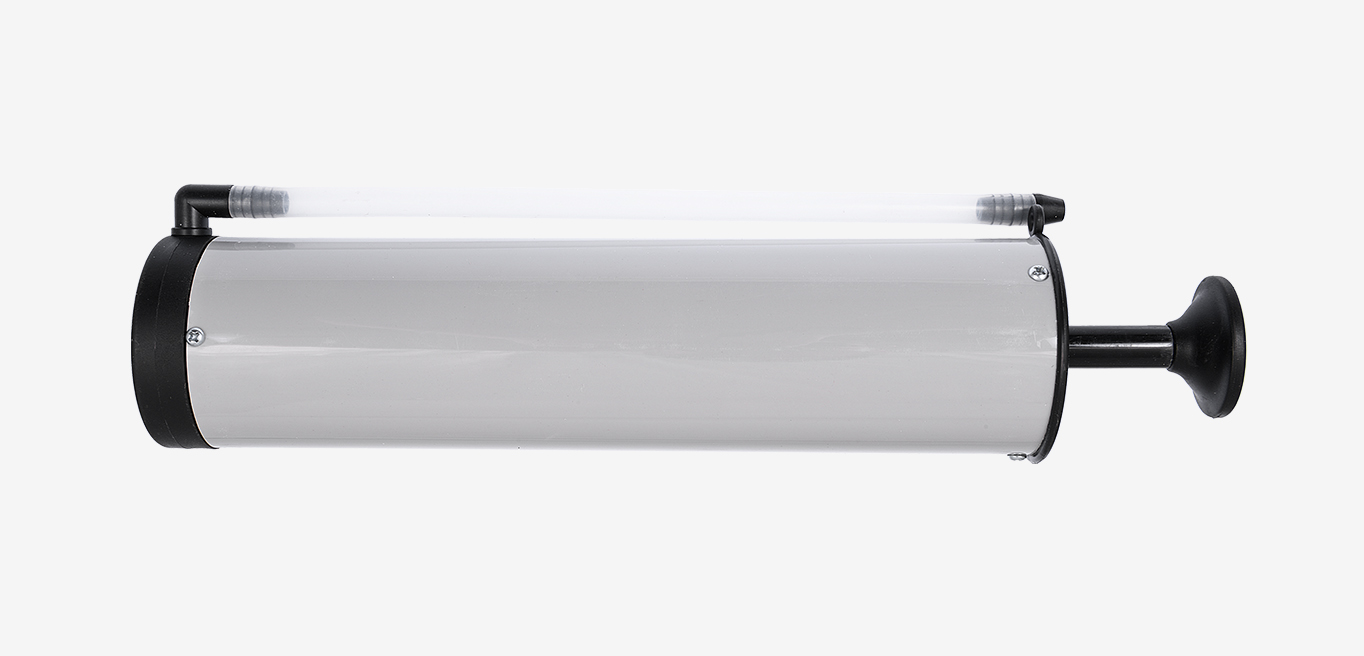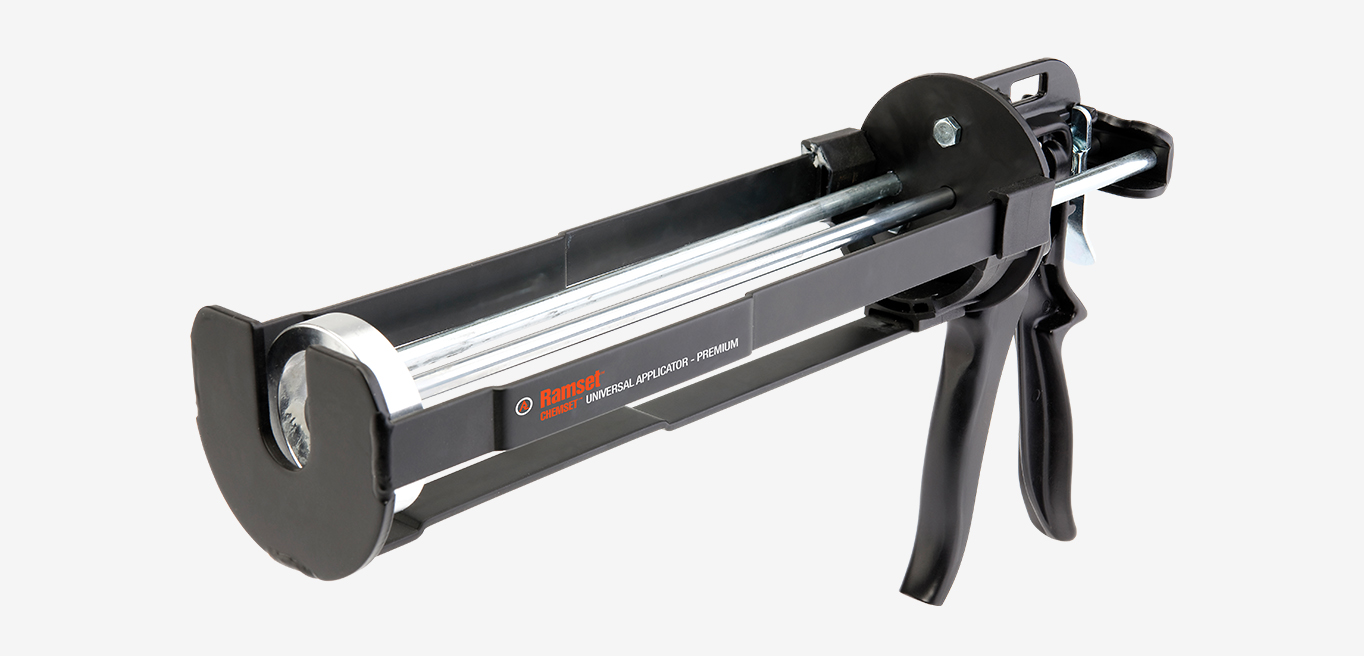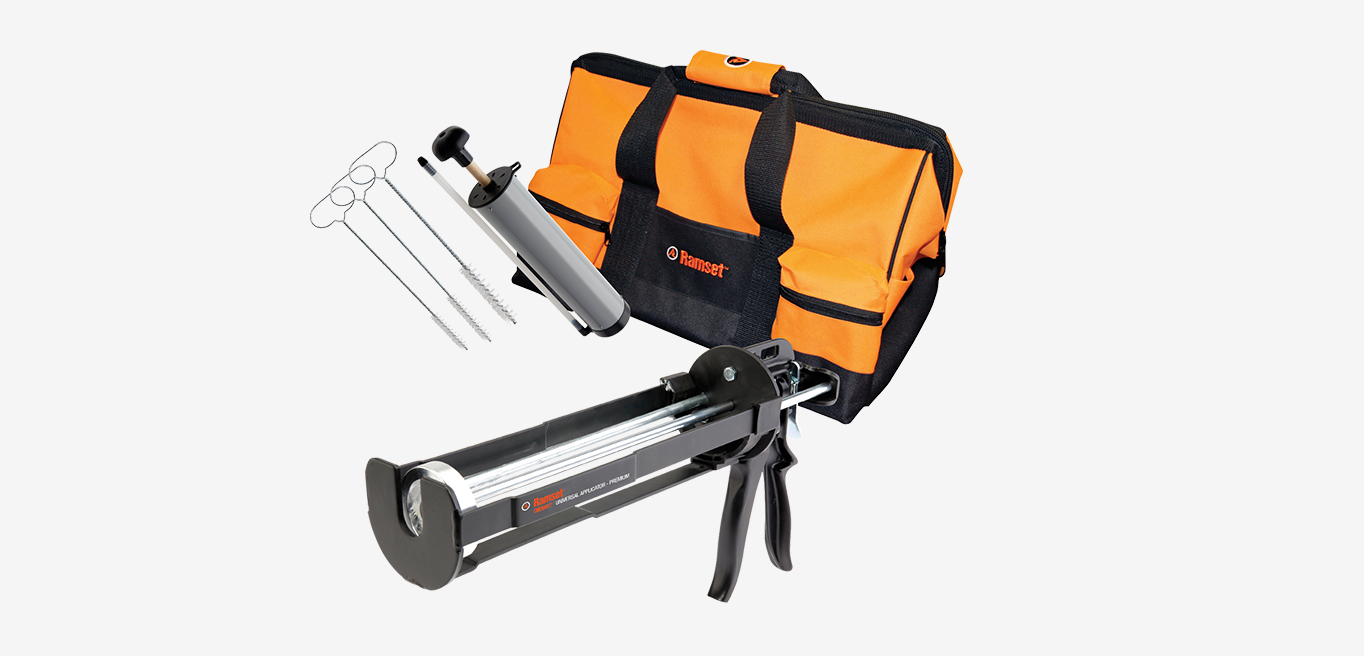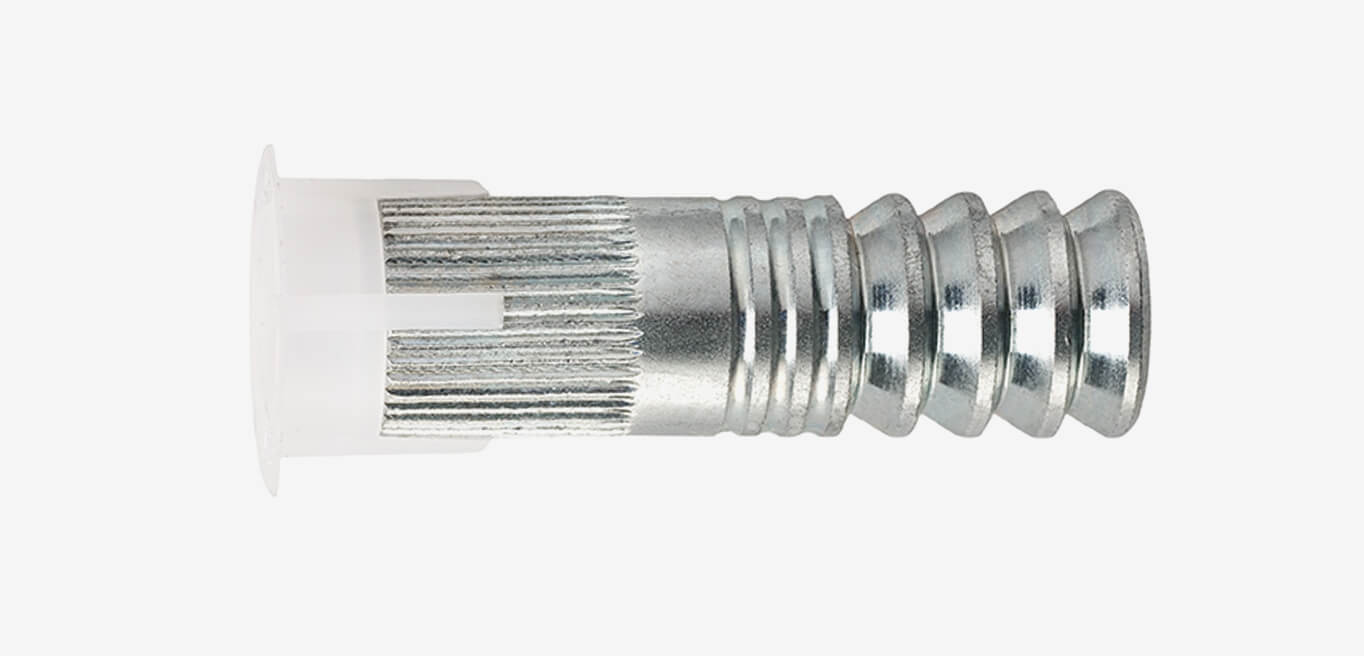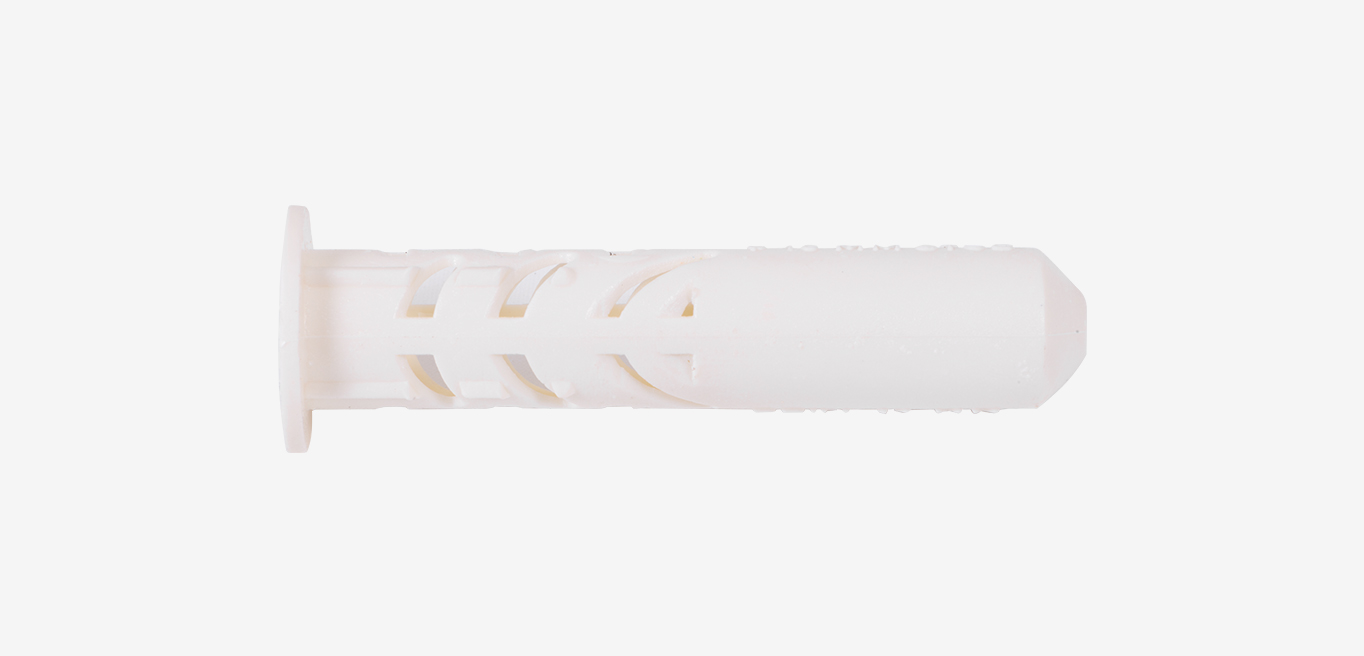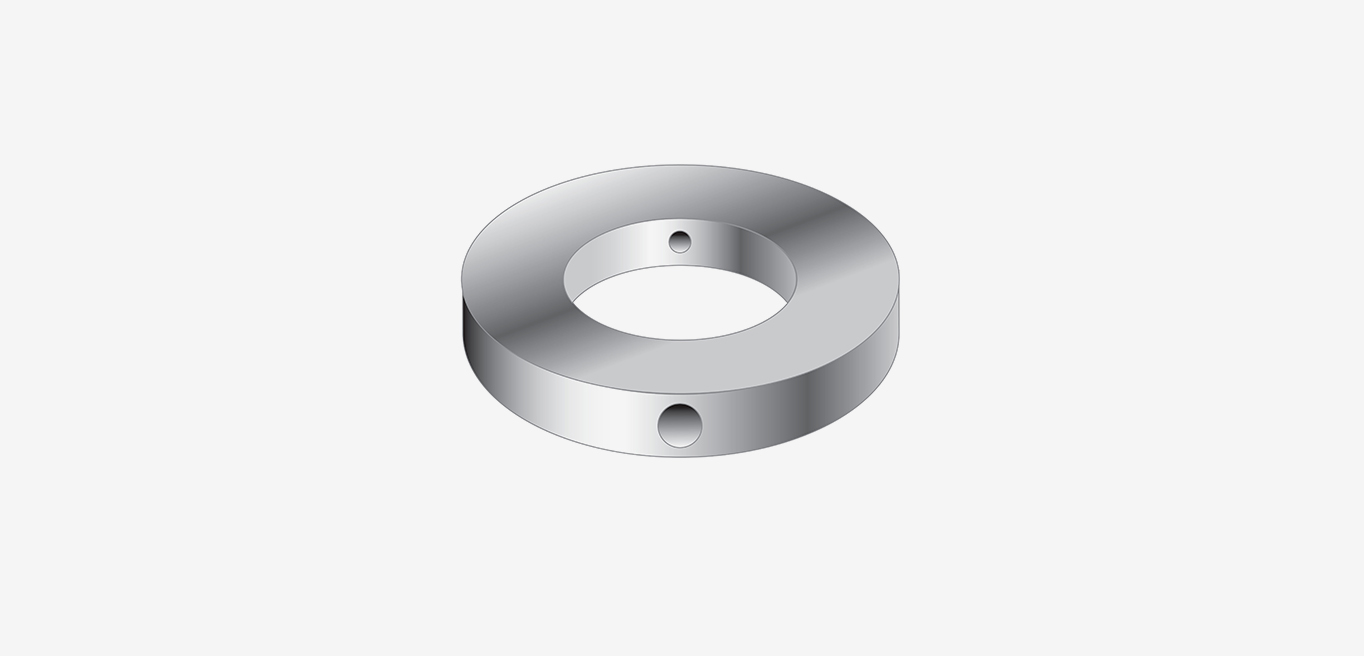

Get Exclusive FIRST Access to:
New Product announcements
Ripper giveaways & promotions
Tips & tricks plus more...
Don’t Miss Out!
Become part of the RamFam and never miss out!
Error: Contact form not found.
Epoxy ChemMortar eA
ChemMortar eA is a convenient to use two part epoxy resin and silica sand filled repair mortar that is highstrength and solvent free. It is a non slump, pliable putty that is ideally suited for construction and concrete repair work.
Pack Size
- 8ltr
- 20ltr
Before visiting a Stockist or Service Centre, contact them to ensure product availability.
PART NUMBER:

Contact Details

-+PRODUCT INFORMATION
Click on the column headings to reorder the table.
| ITEM CODE | Pack Size | Colour | Chemical Type | VOC Compliant | Material Type | ADD TO TOOLBOX |
|---|---|---|---|---|---|---|
| EPCMEA-8L | 8ltr | Grey | Epoxy | Yes | Putty | |
| EPCMEA-20L | 20ltr | Grey | Epoxy | Yes | Putty |

STEEL ZINC PLATED

STAINLESS STEEL

GALVANISED STEEL
The selected variations added in the toolbox. Please view the items in the toolbox.
-+FEATURES & BENEFITS
- Easy to use 1:1 ratio by weight
- Excellent adhesion to concrete, metal and most porous surfaces
- 100% solids epoxy – solvent free, no VOC
- No shrinkage once cured
- Sag resistant – high build consistency, vertical and overhead work
- Tolerant to moisture before, during, and after cure
- Good chemical resistance for long-term protection
- High abrasion and vibration resistance
- Patching and forming damaged precast and insitu concrete
- Patching damaged concrete floors, tanks and pipes
- Patching of concrete floors under heavy load or impact
- Bonding concrete blocks, bricks, paving
- Fabrication of concrete pipe intersections, risers etc
- Underwater repair applications
-+APPLICATIONS & TRADES
| Underwater repairs | Concreter, Concrete remediation, Maintance services, Civil contractor, Construction contractor |
|---|---|
| Patching concrete tanks & pipes | Concreter, Concrete remediation, Maintance services, Civil contractor, Construction contractor |
| Repair broken & spalled concrete | Concreter, Concrete remediation, Maintance services, Civil contractor, Construction contractor |
-+SPECIFICATIONS
| Appearance | Light Grey |
|---|---|
| Solids Content | 100% |
| Mixing proportions by weight | 1:1 |
| Compressive Strength | 85 MPa |
| Tensile Strength | 15 MPa |
| Flexural Strength | 22 MPa |
| Installation Temperature | +4°C to +35°C |
| Working Time | ± 30minutes @ 20°C |
| Heat Distortion Temperature | Approx 65°C |



